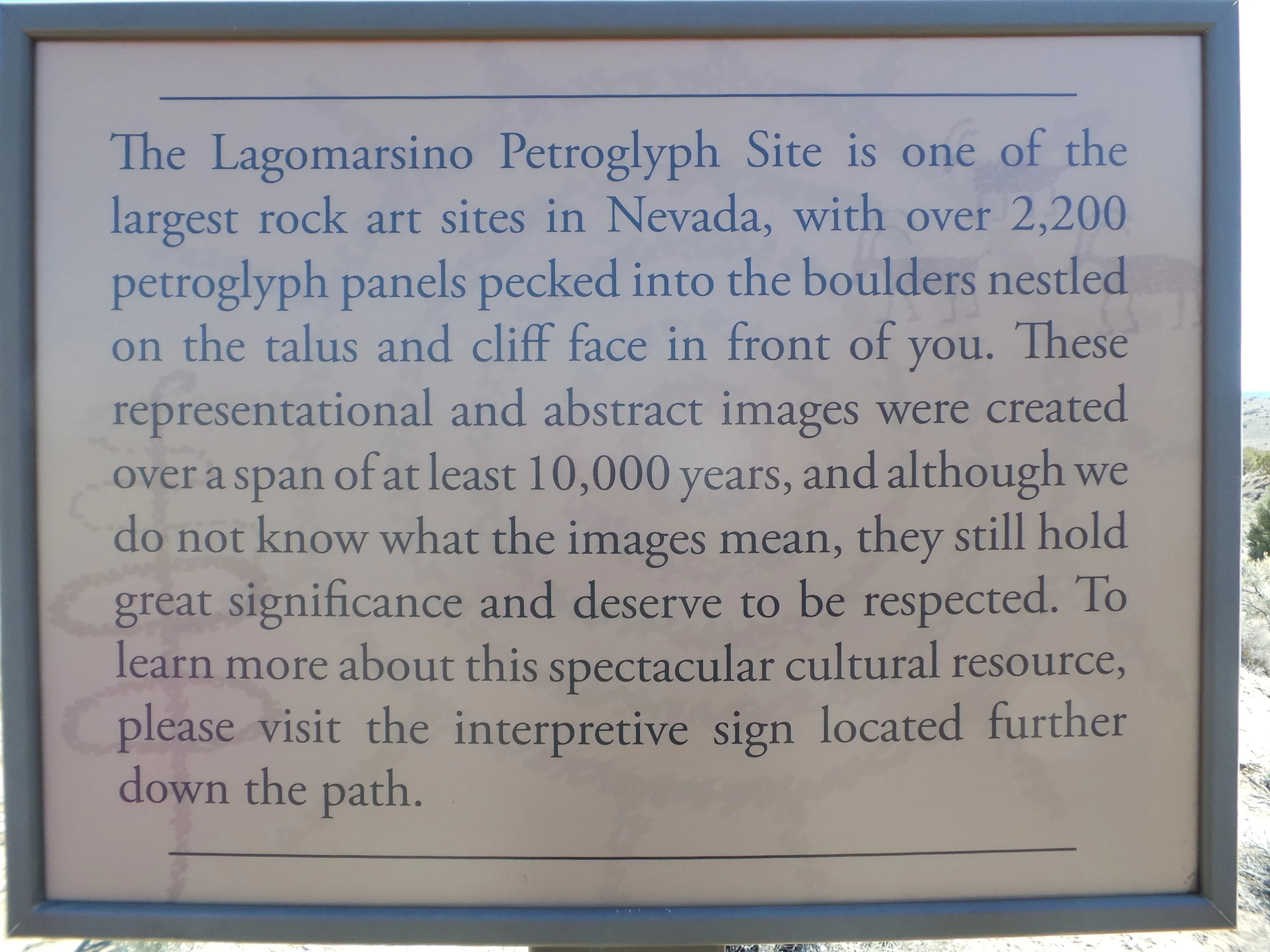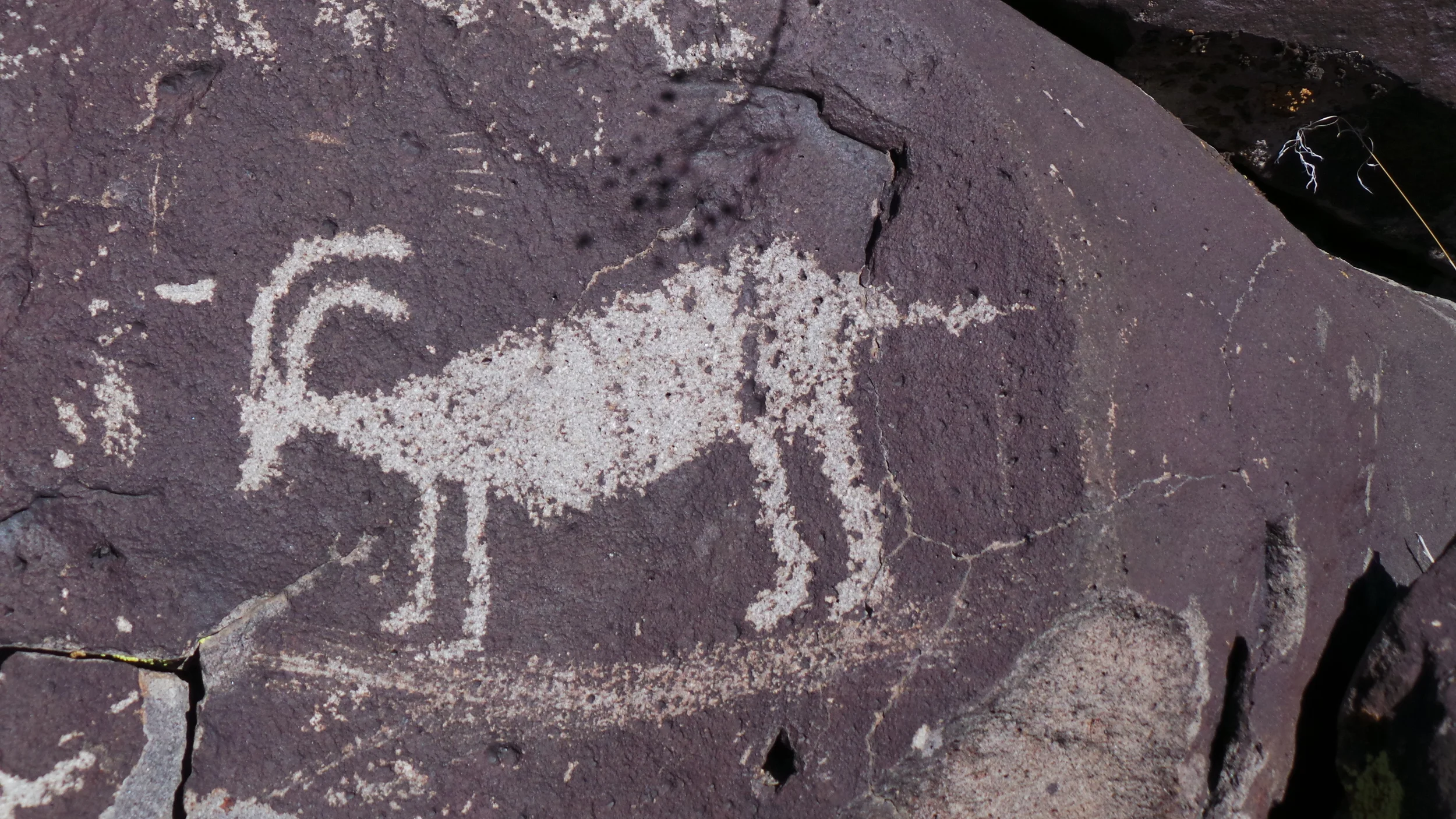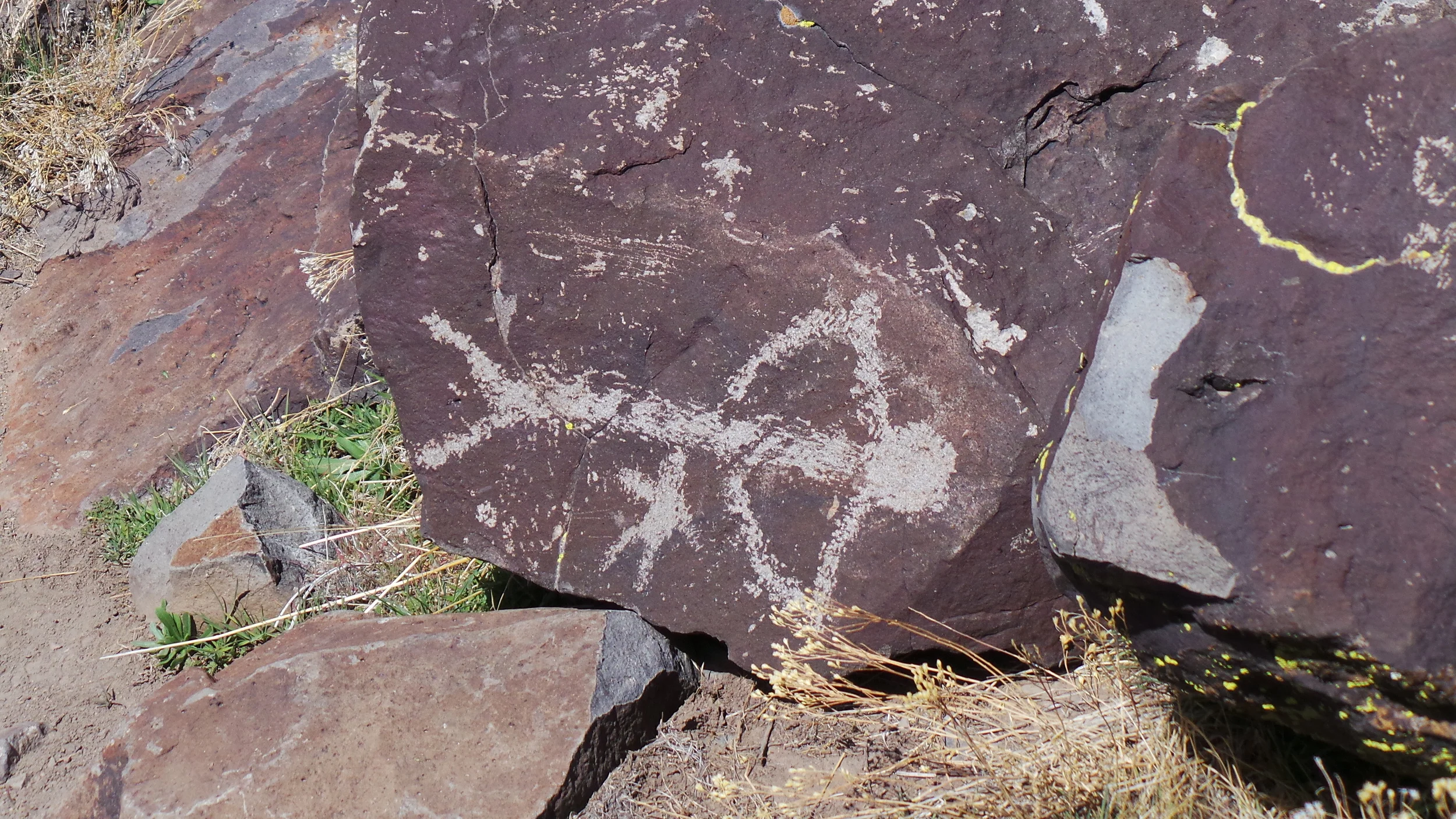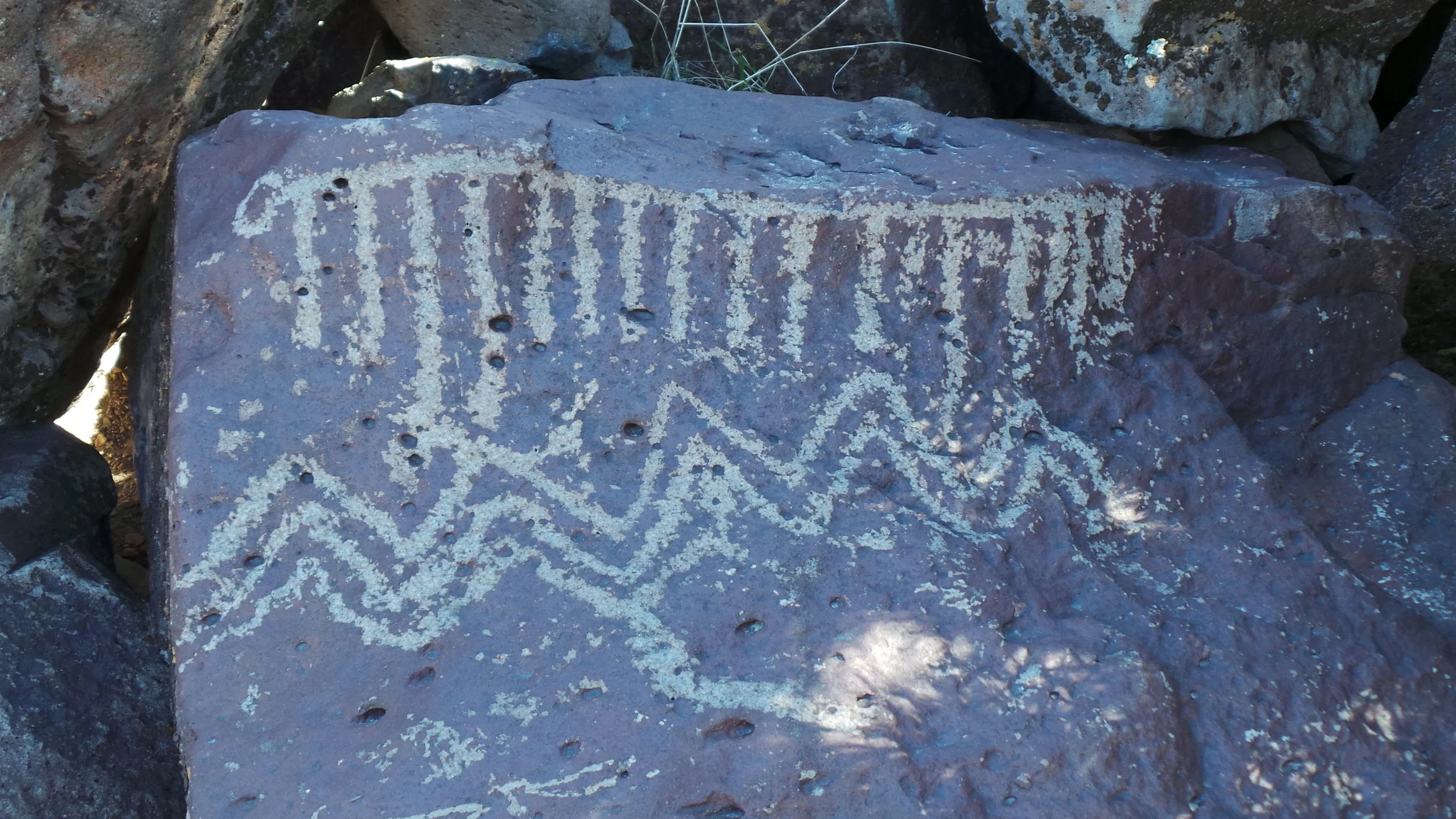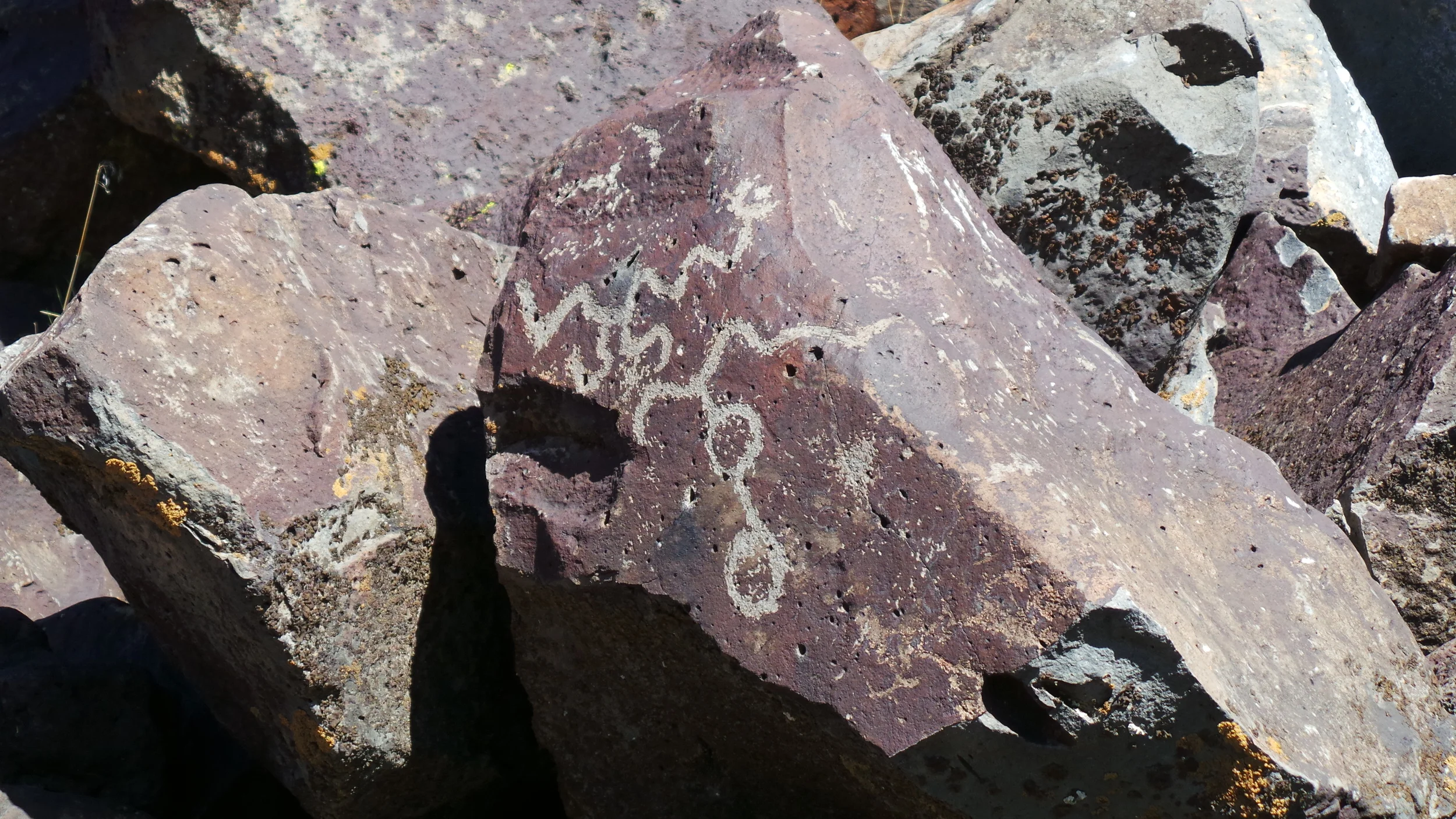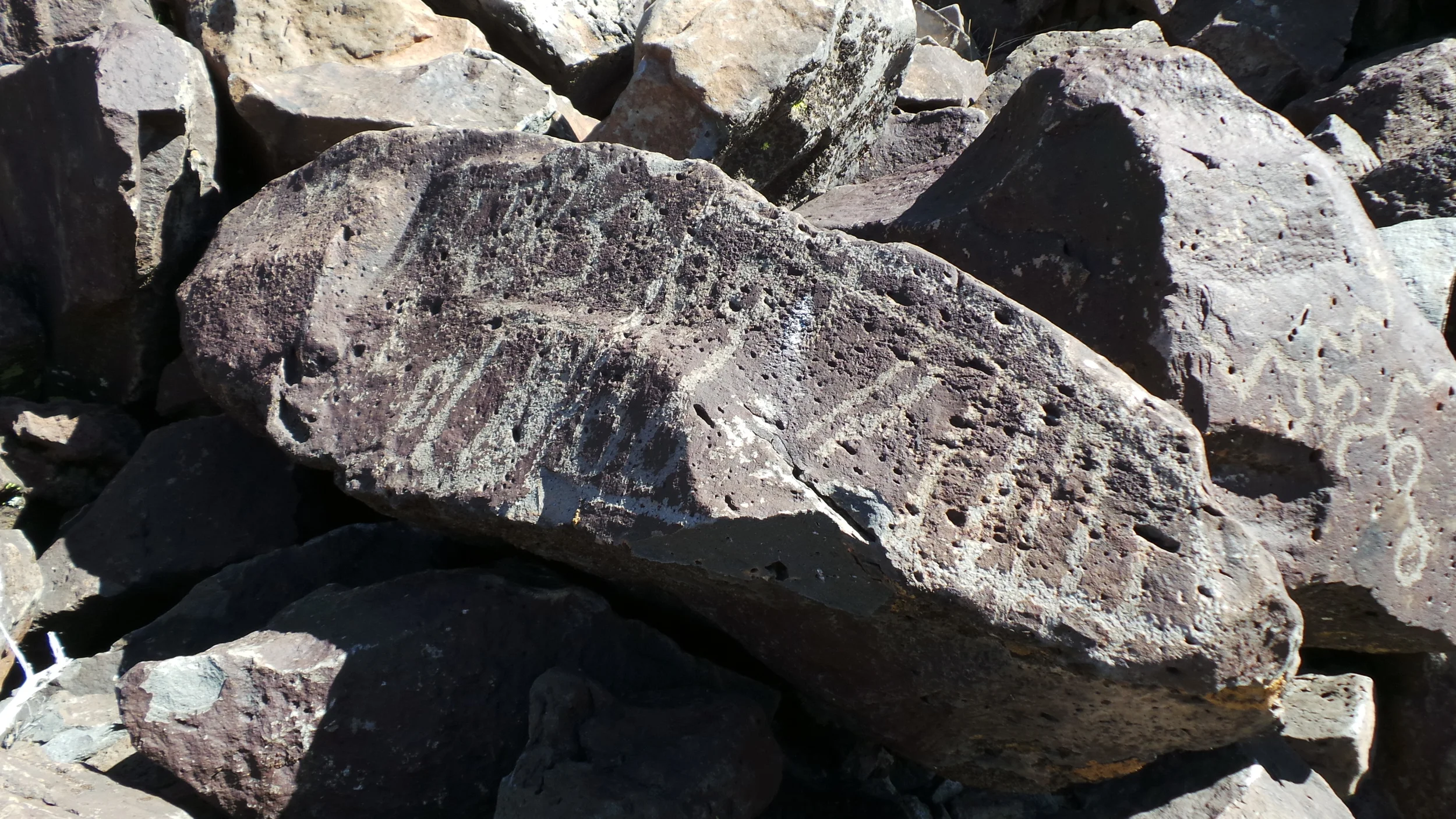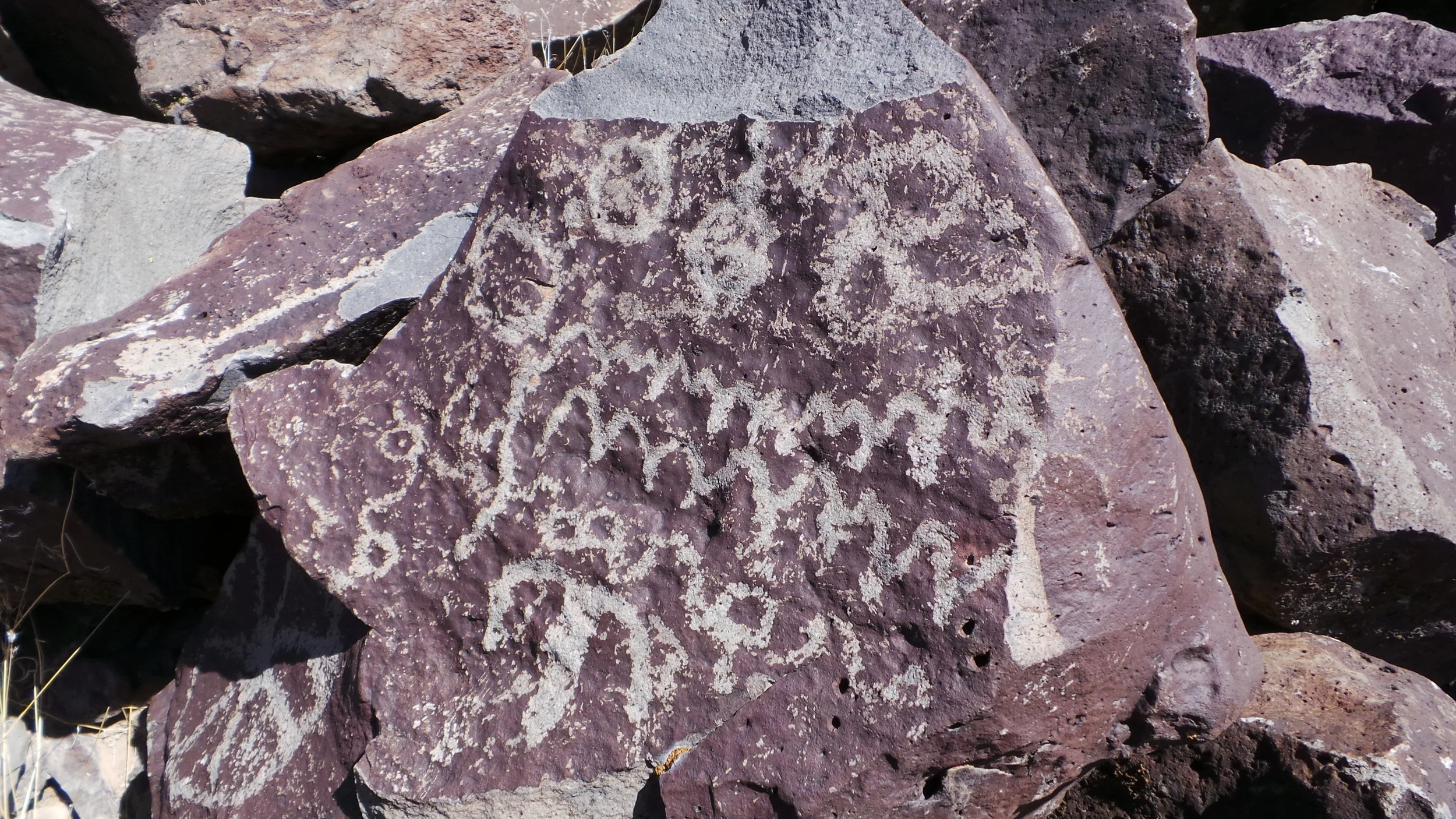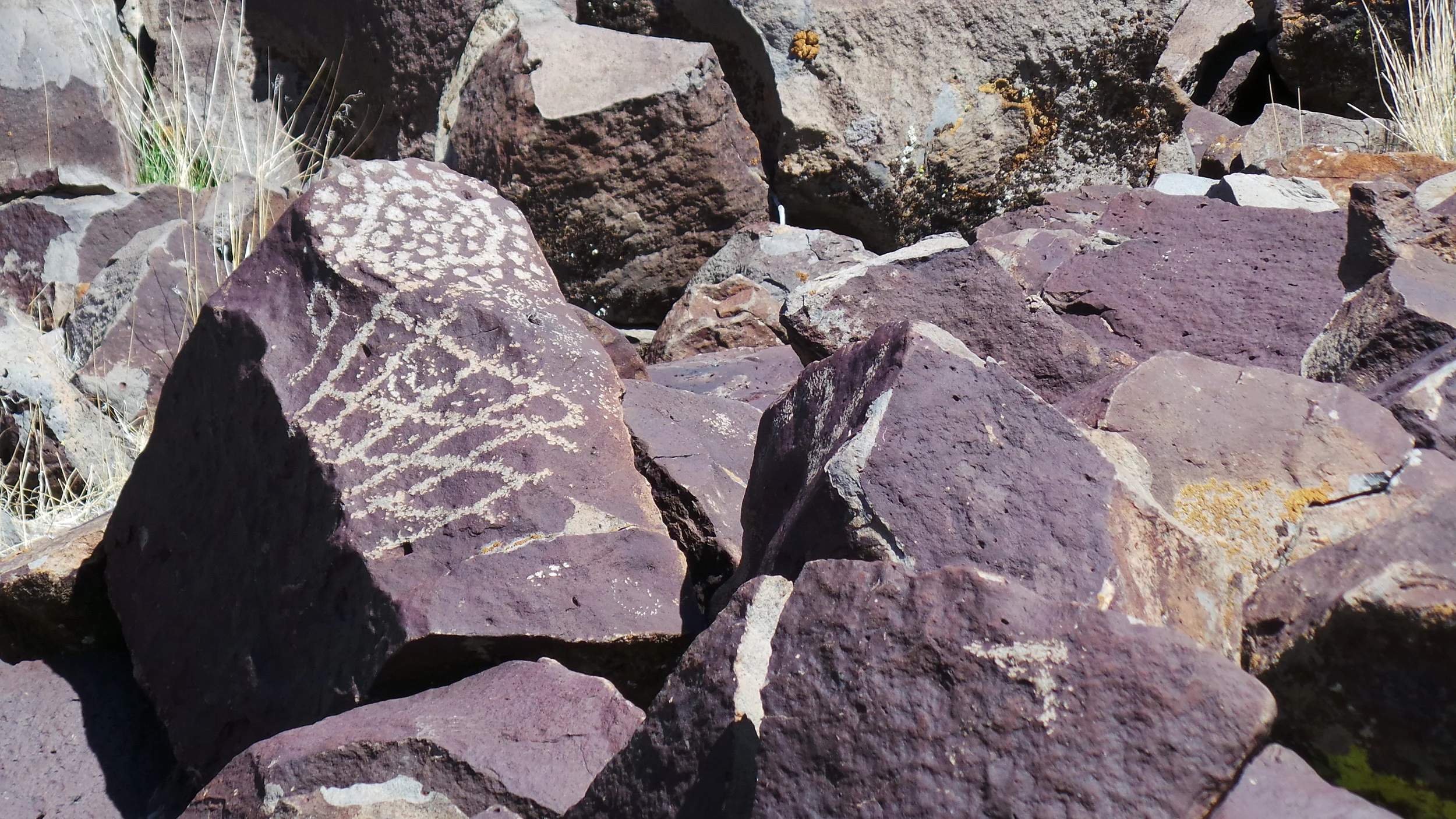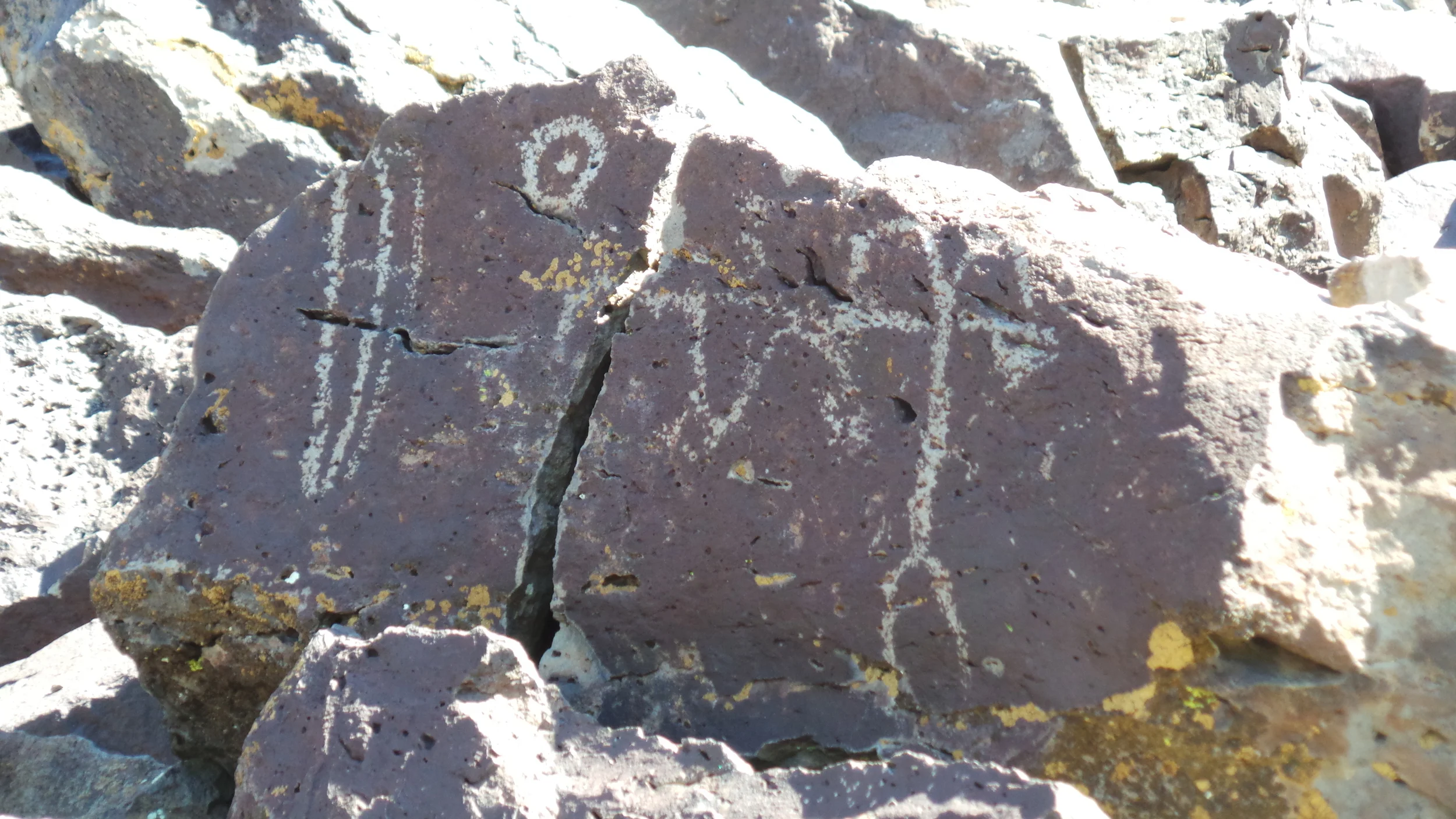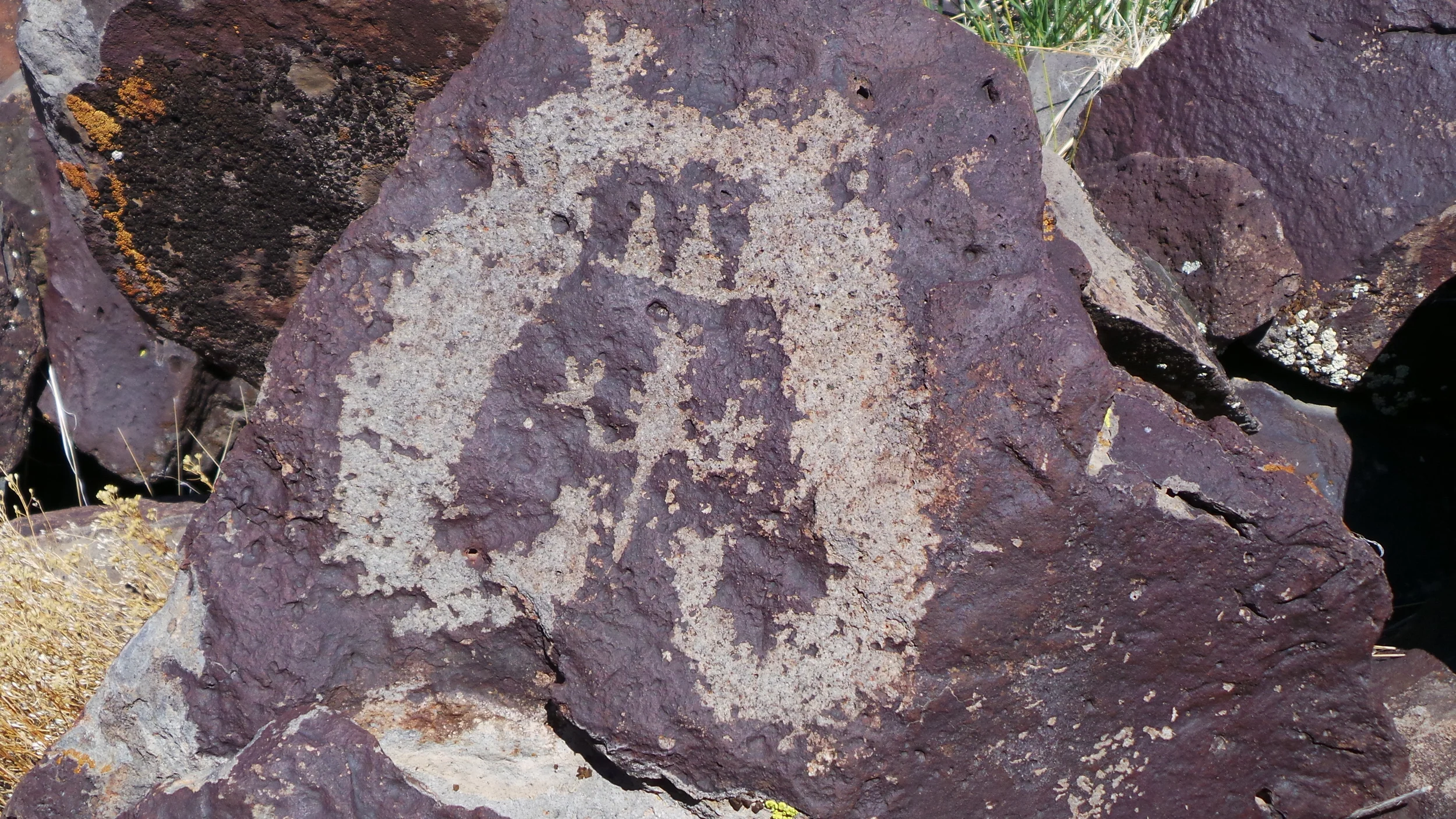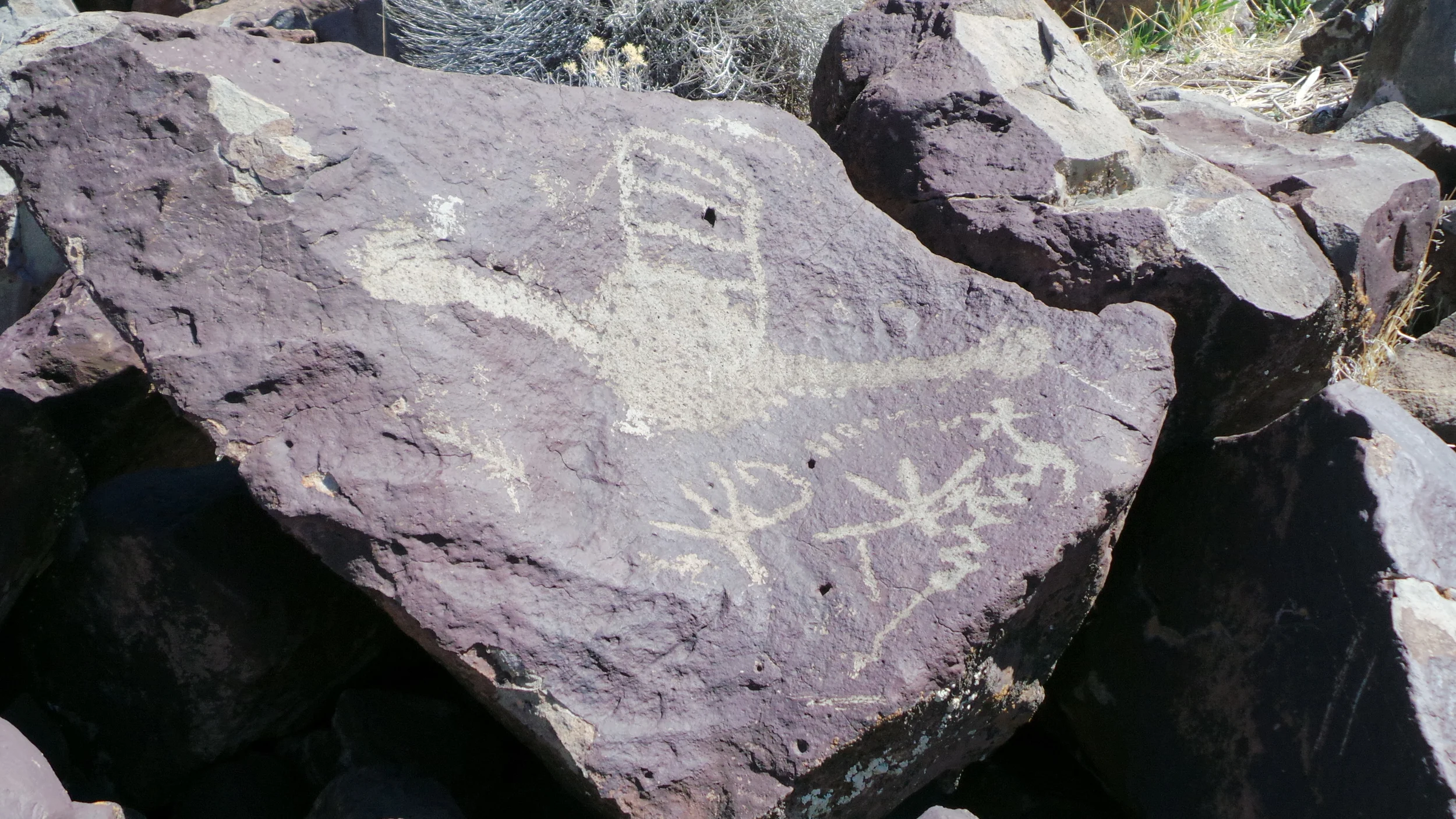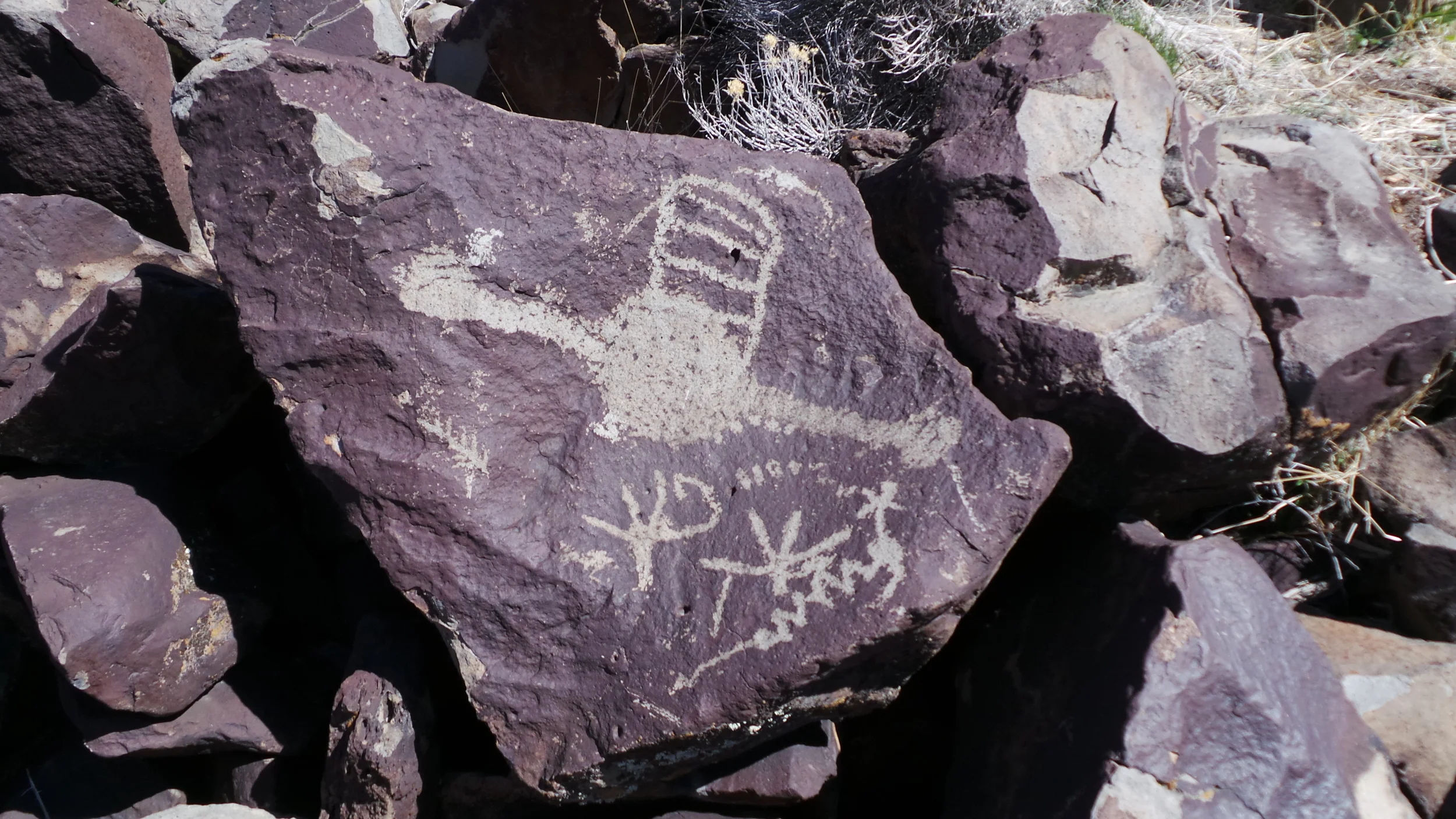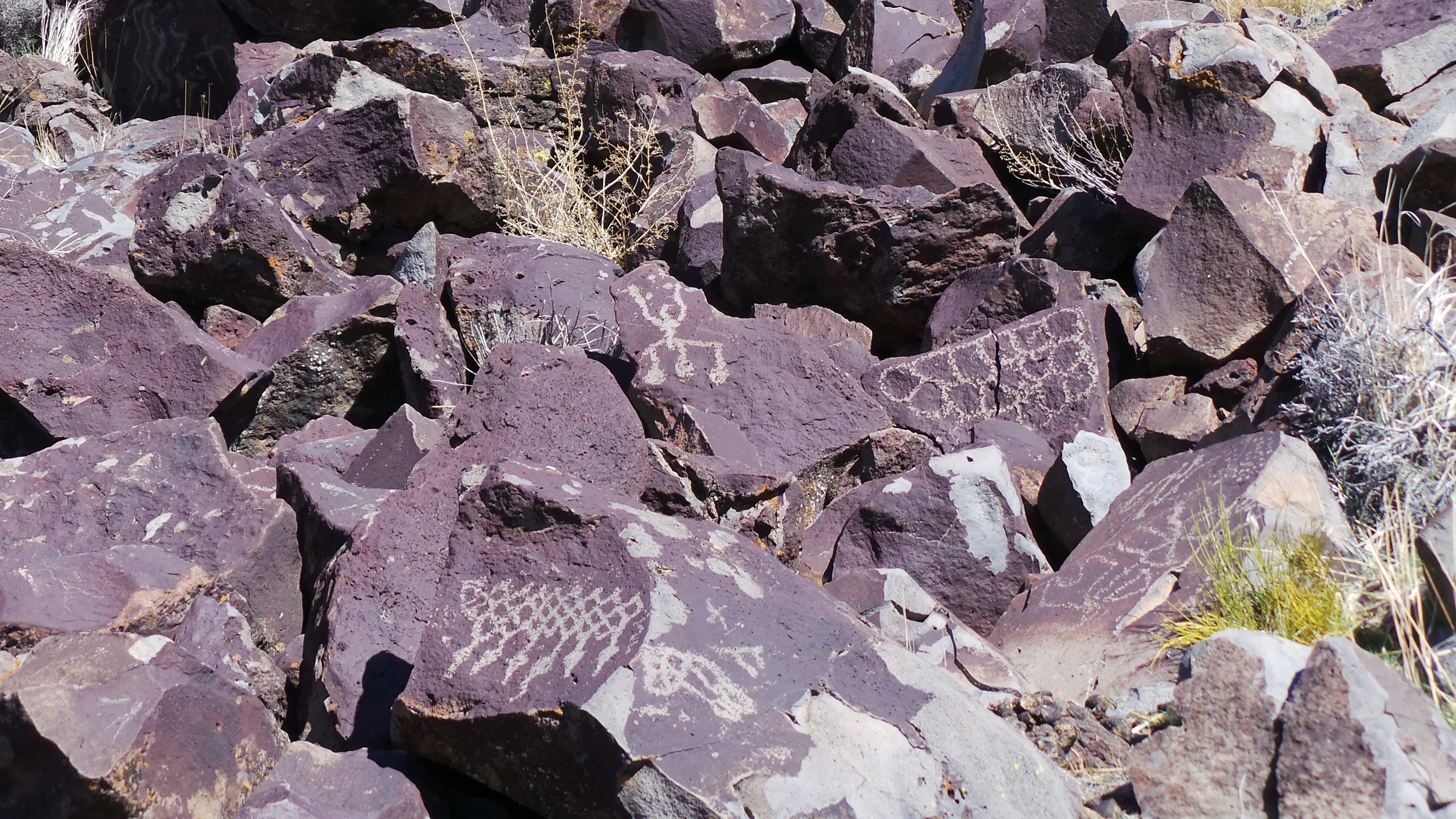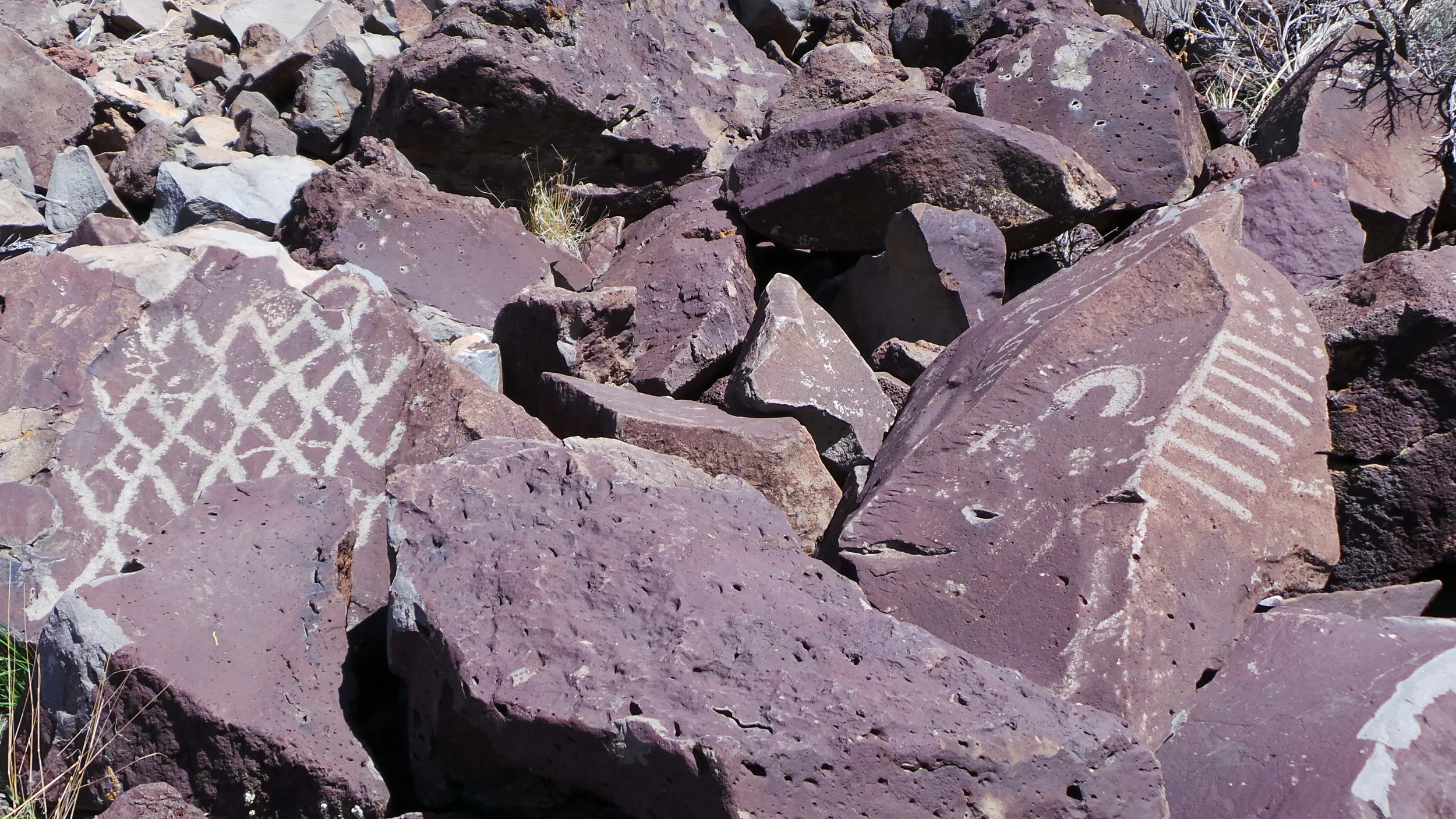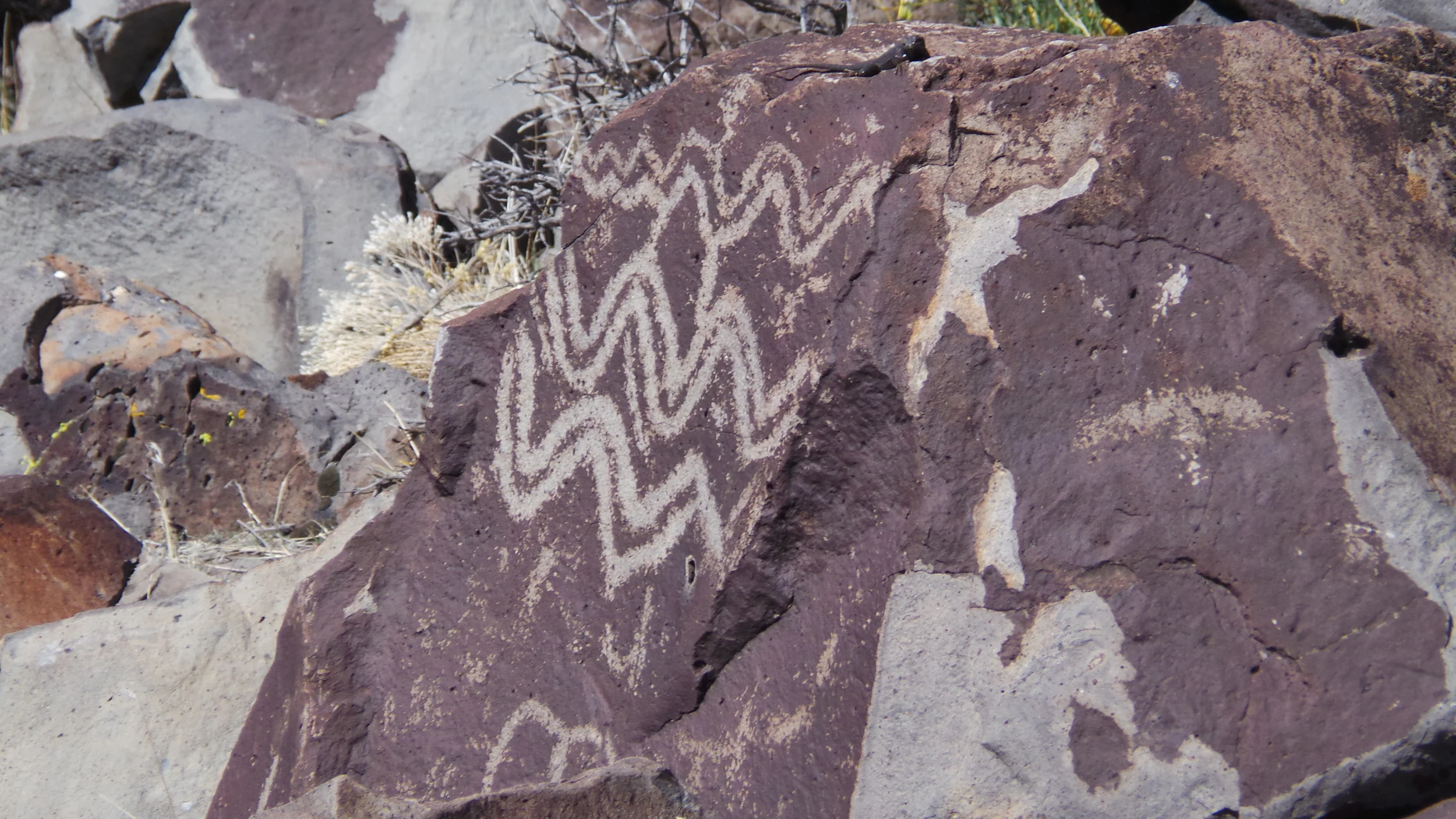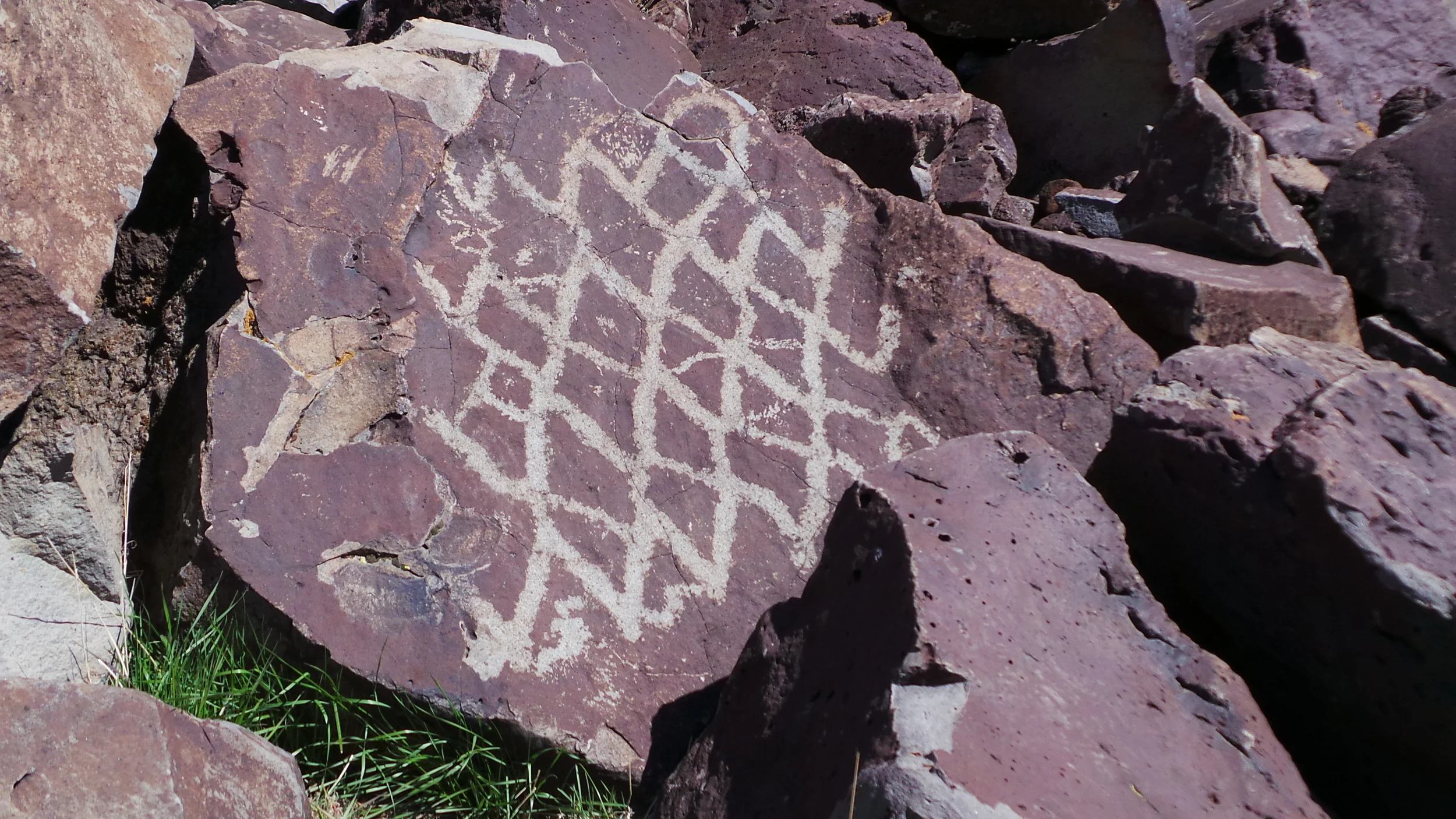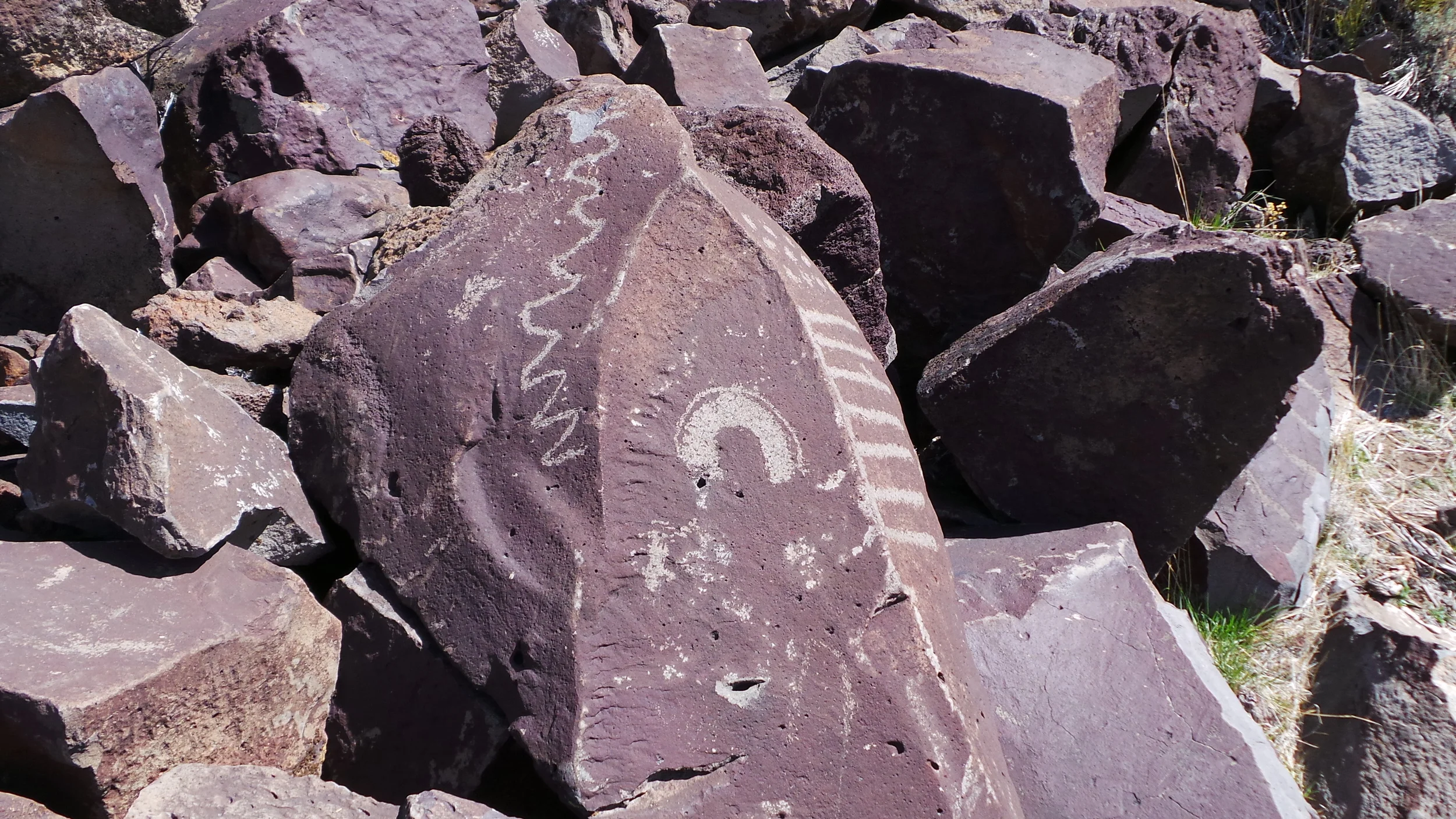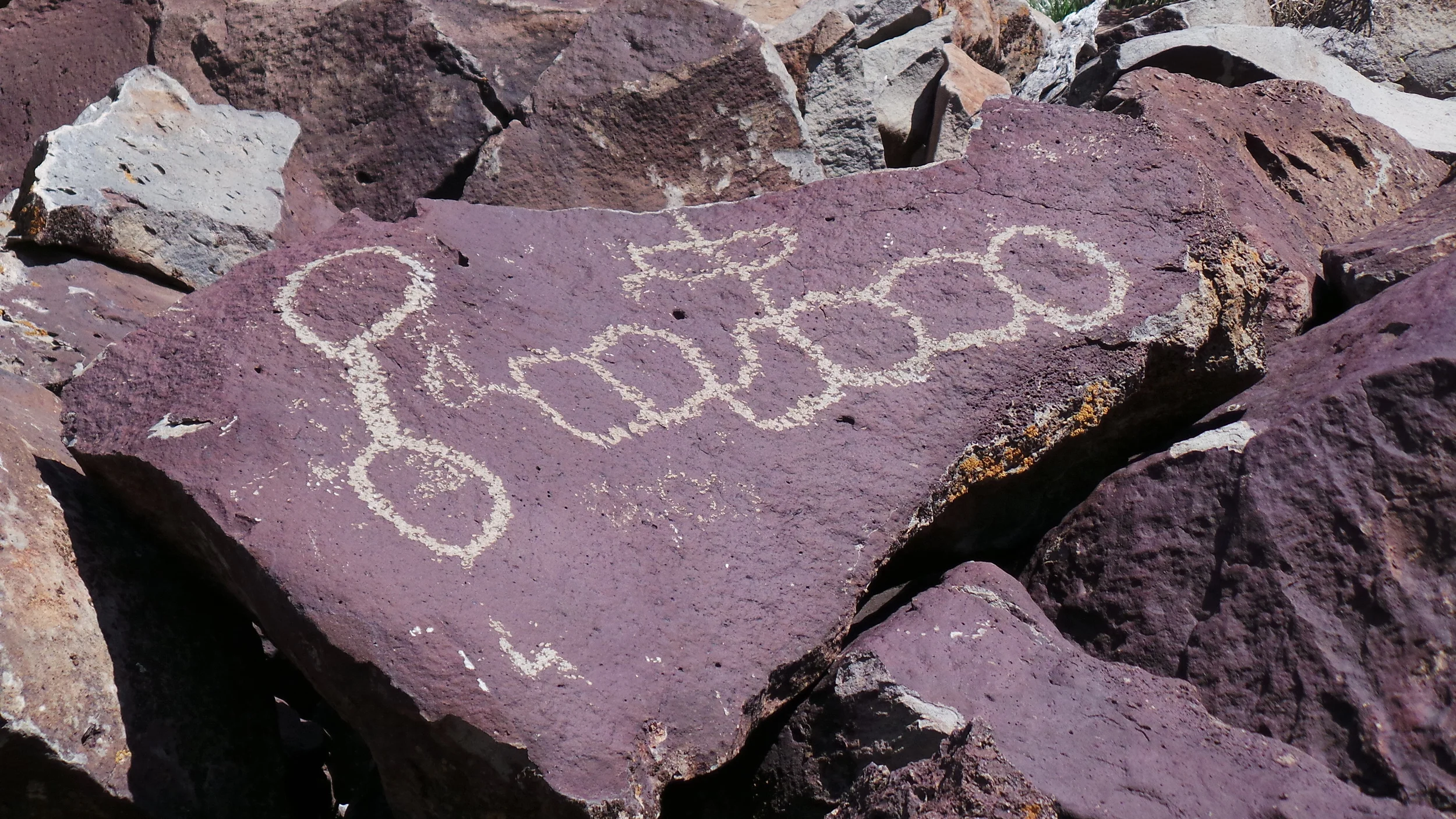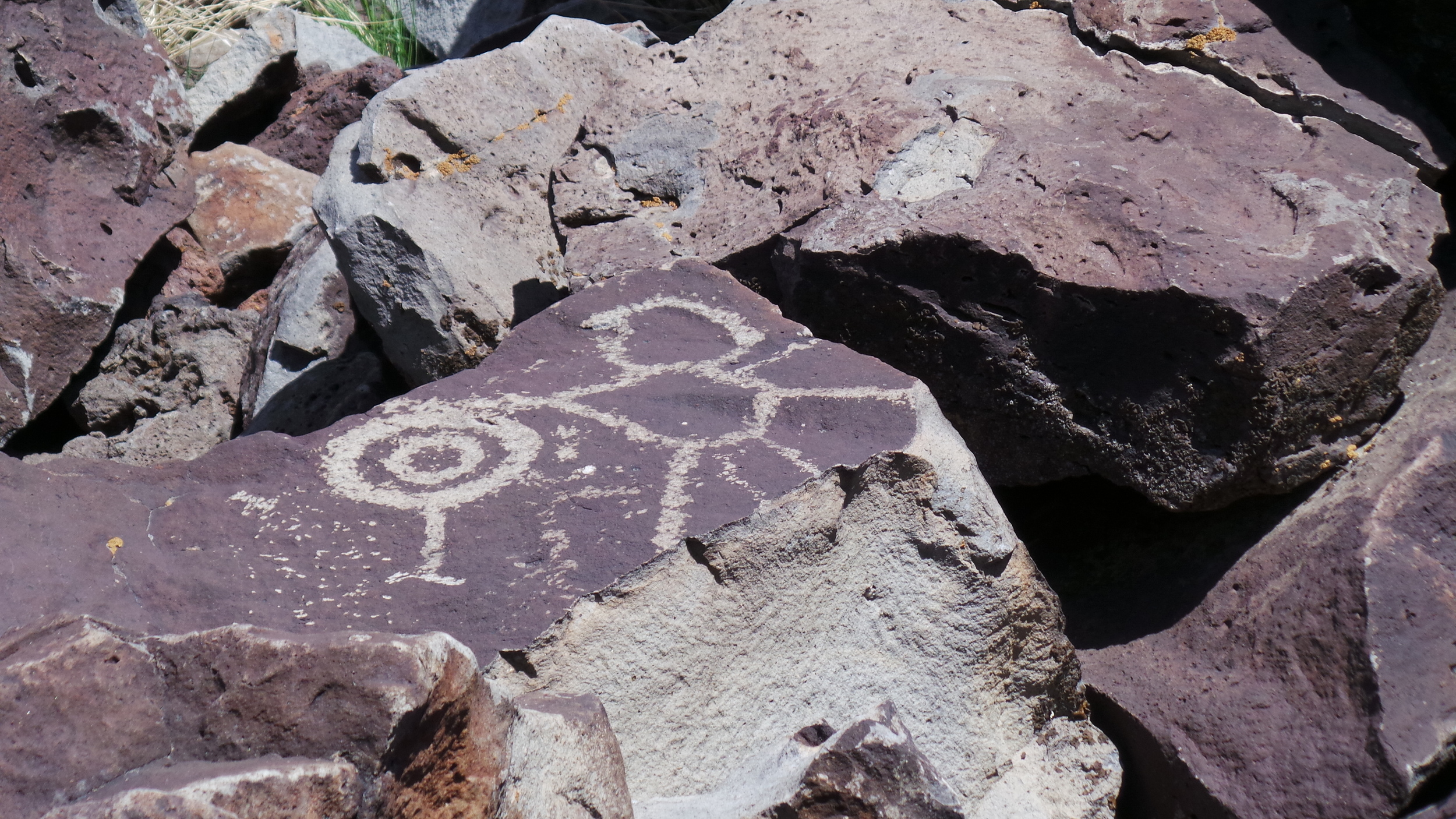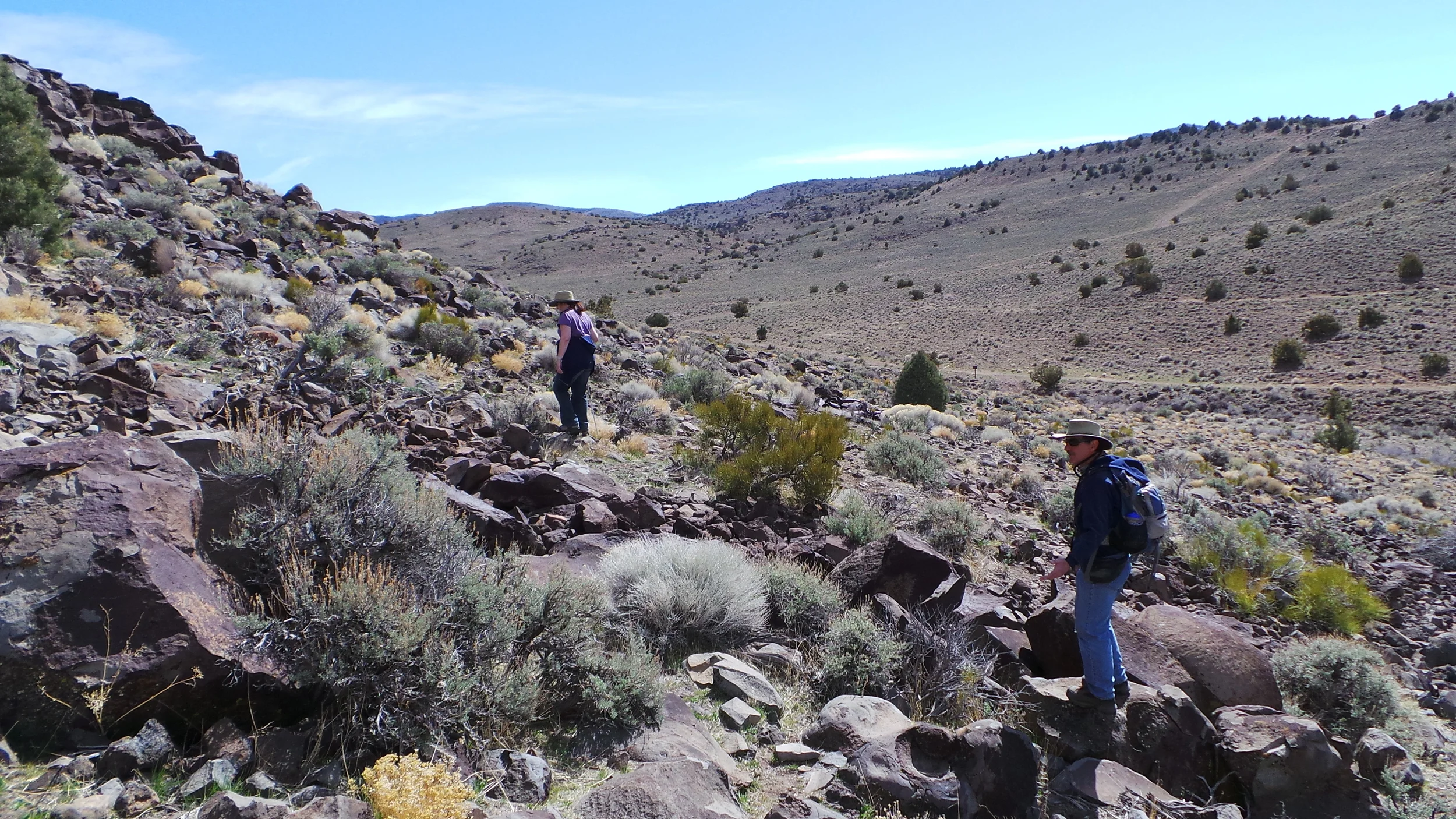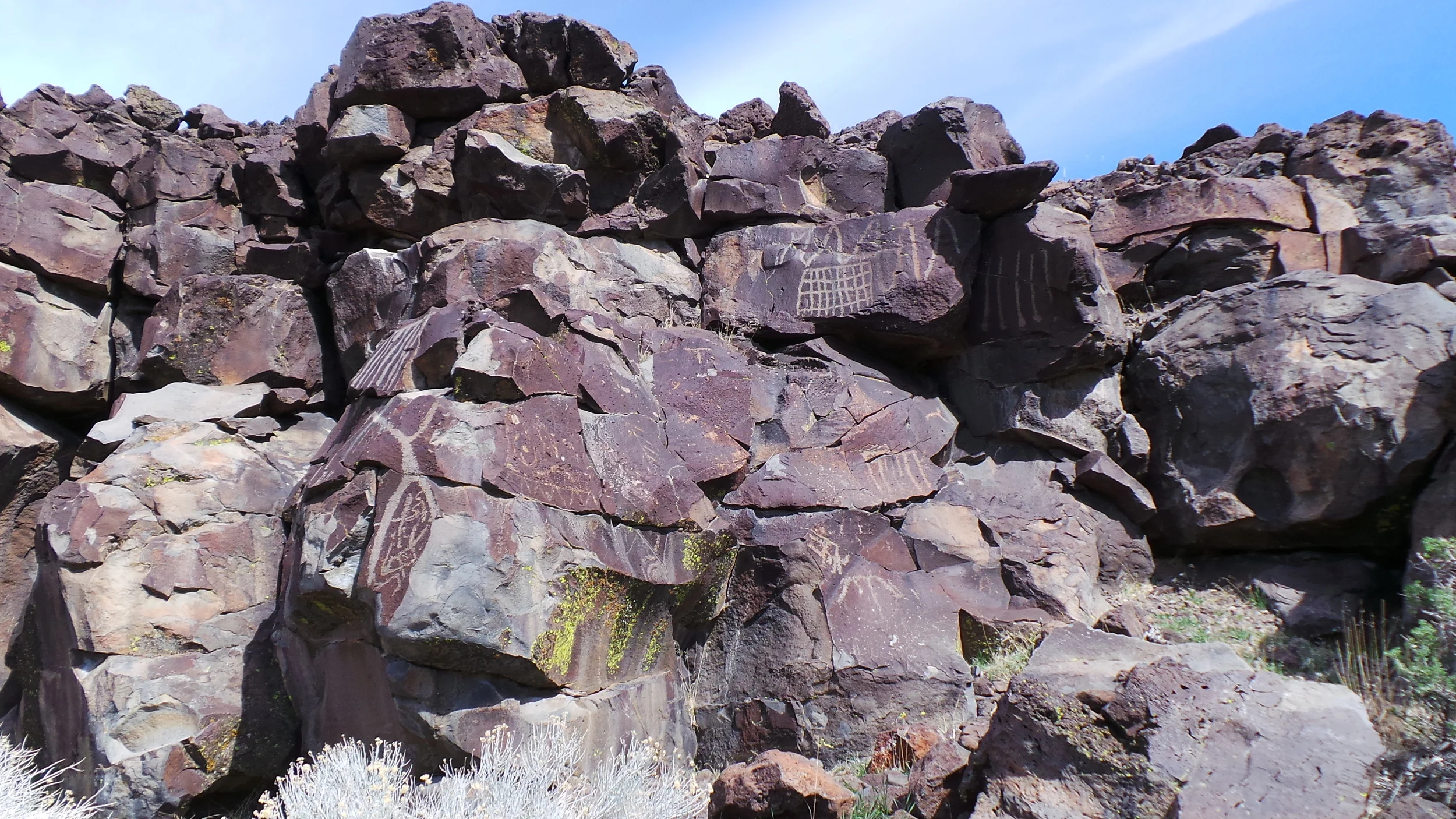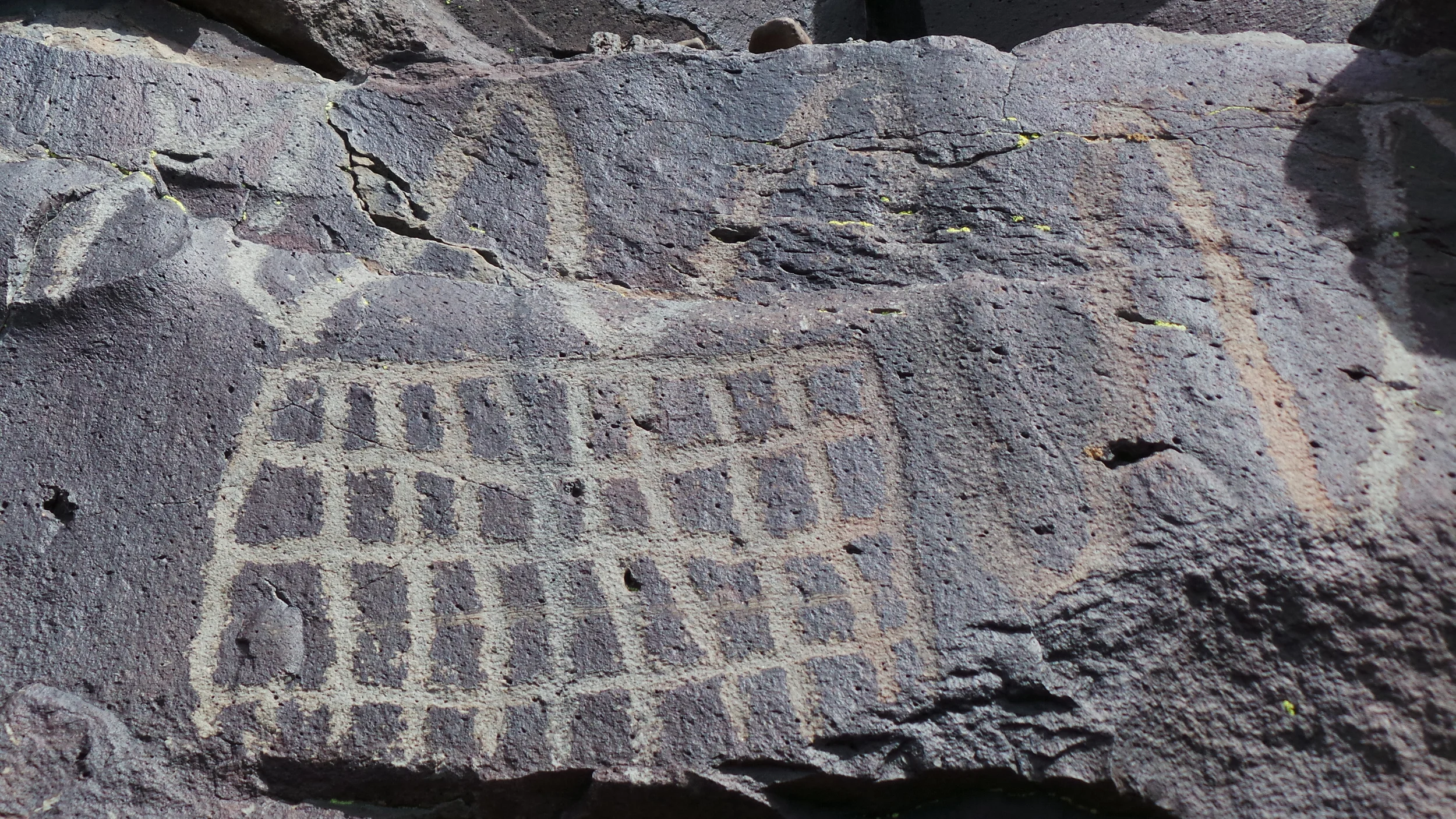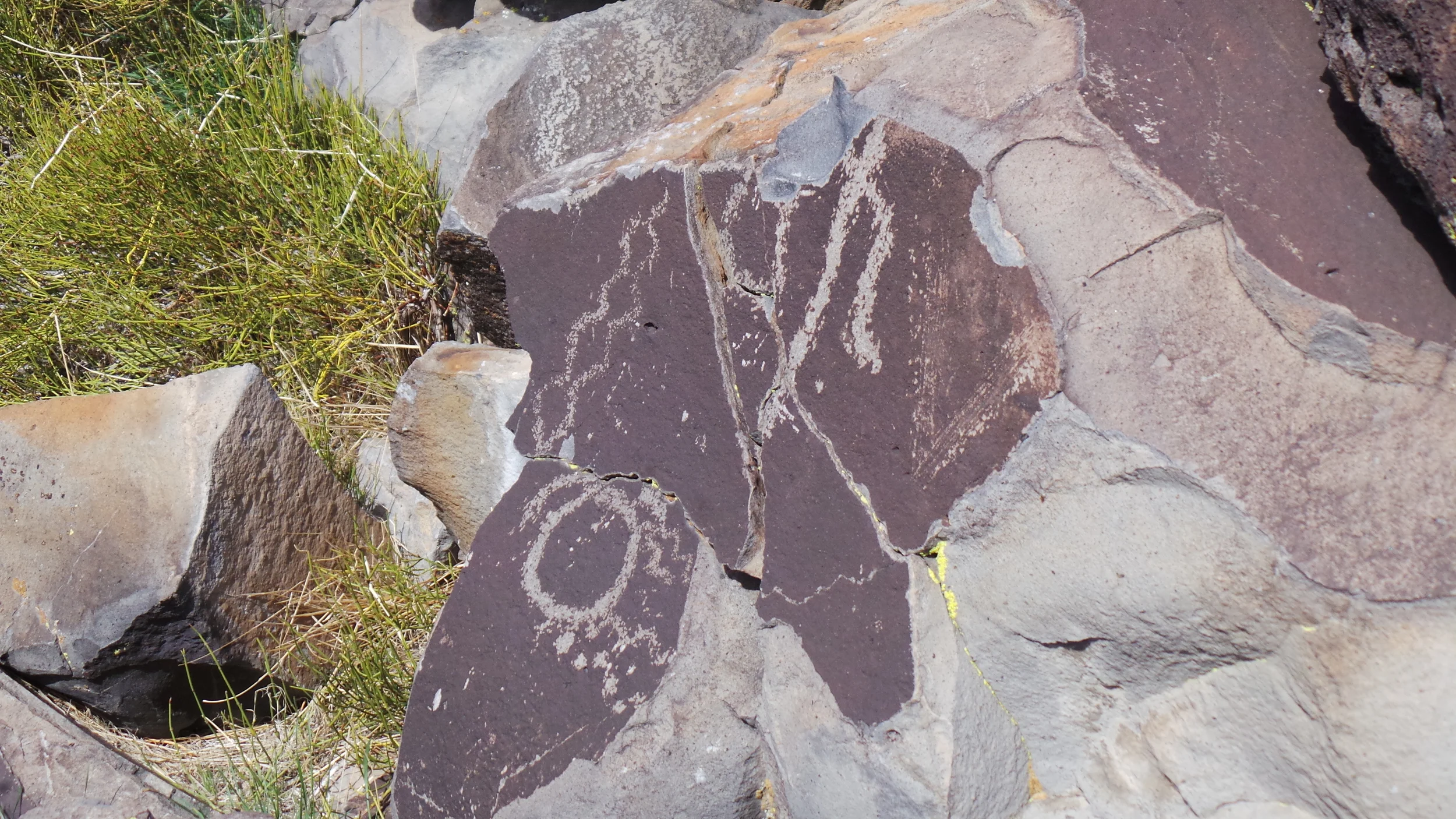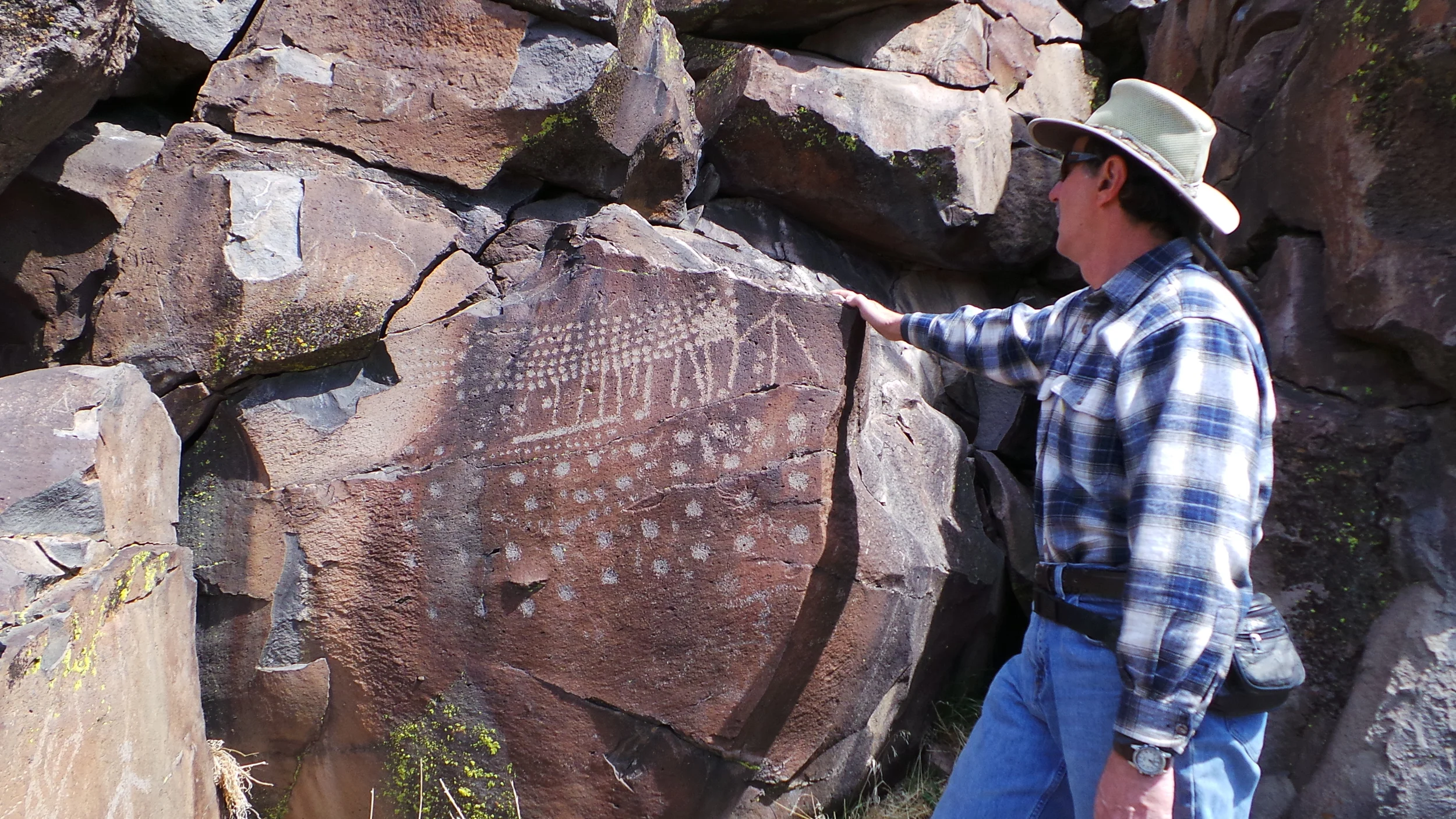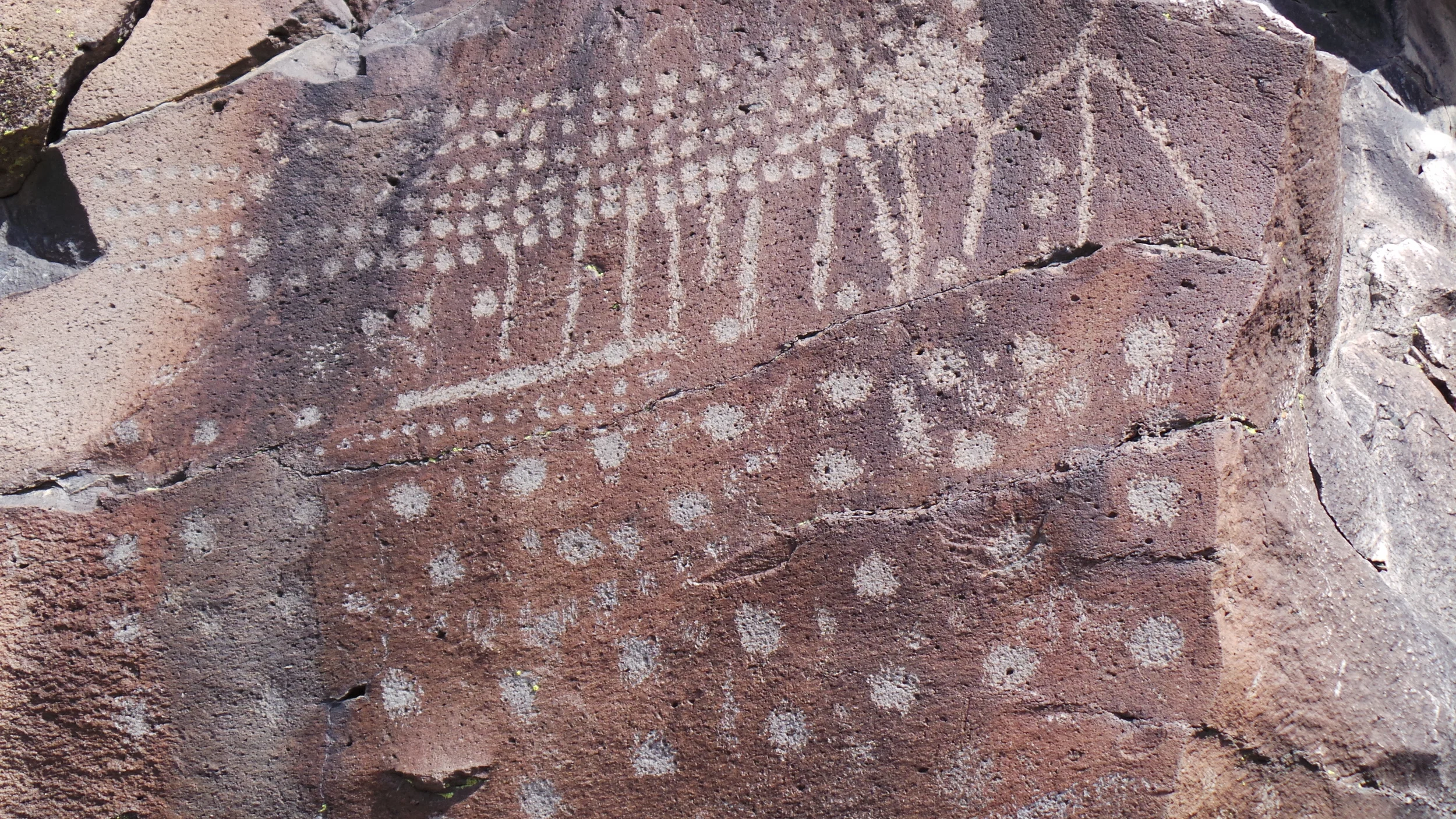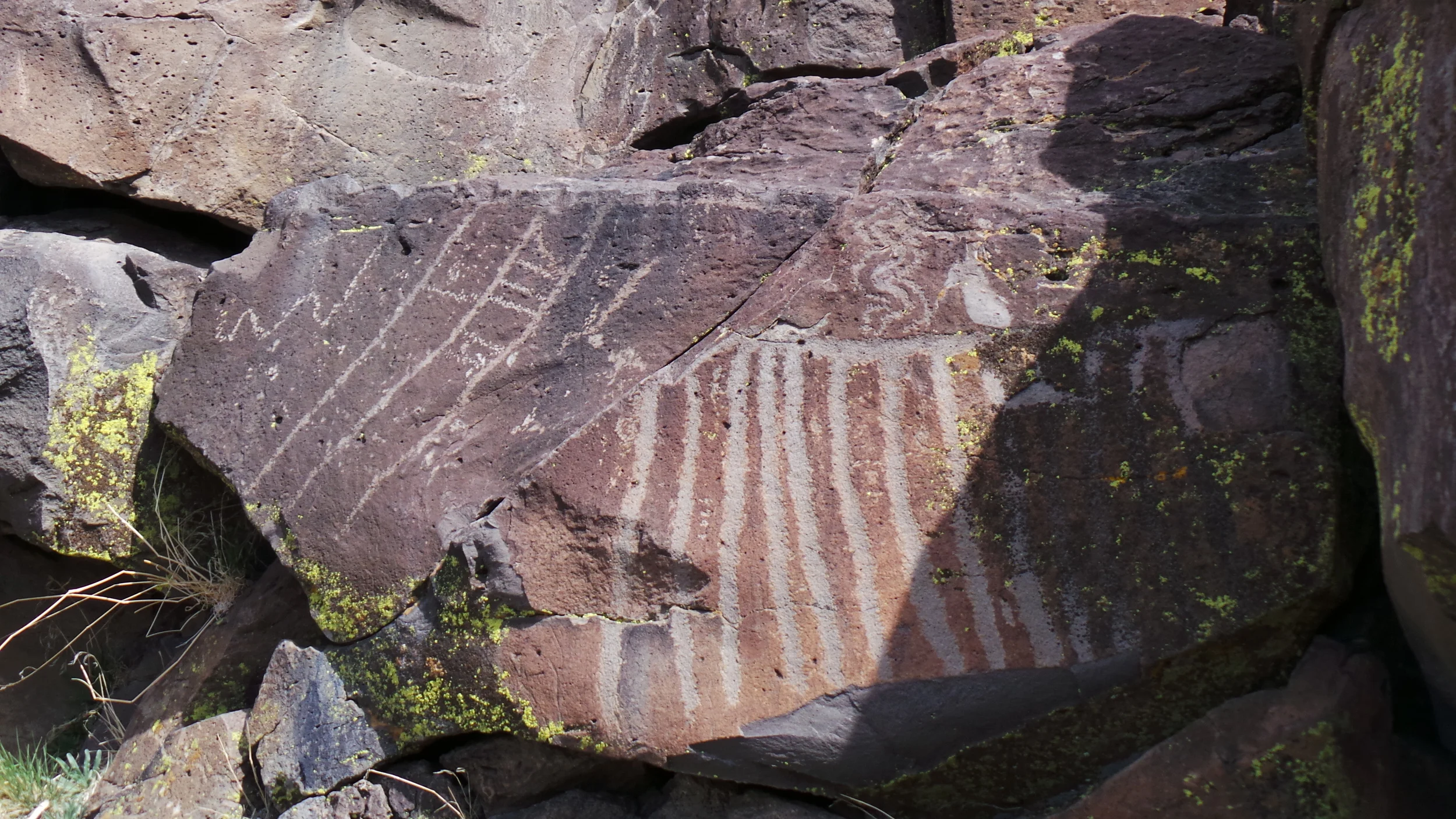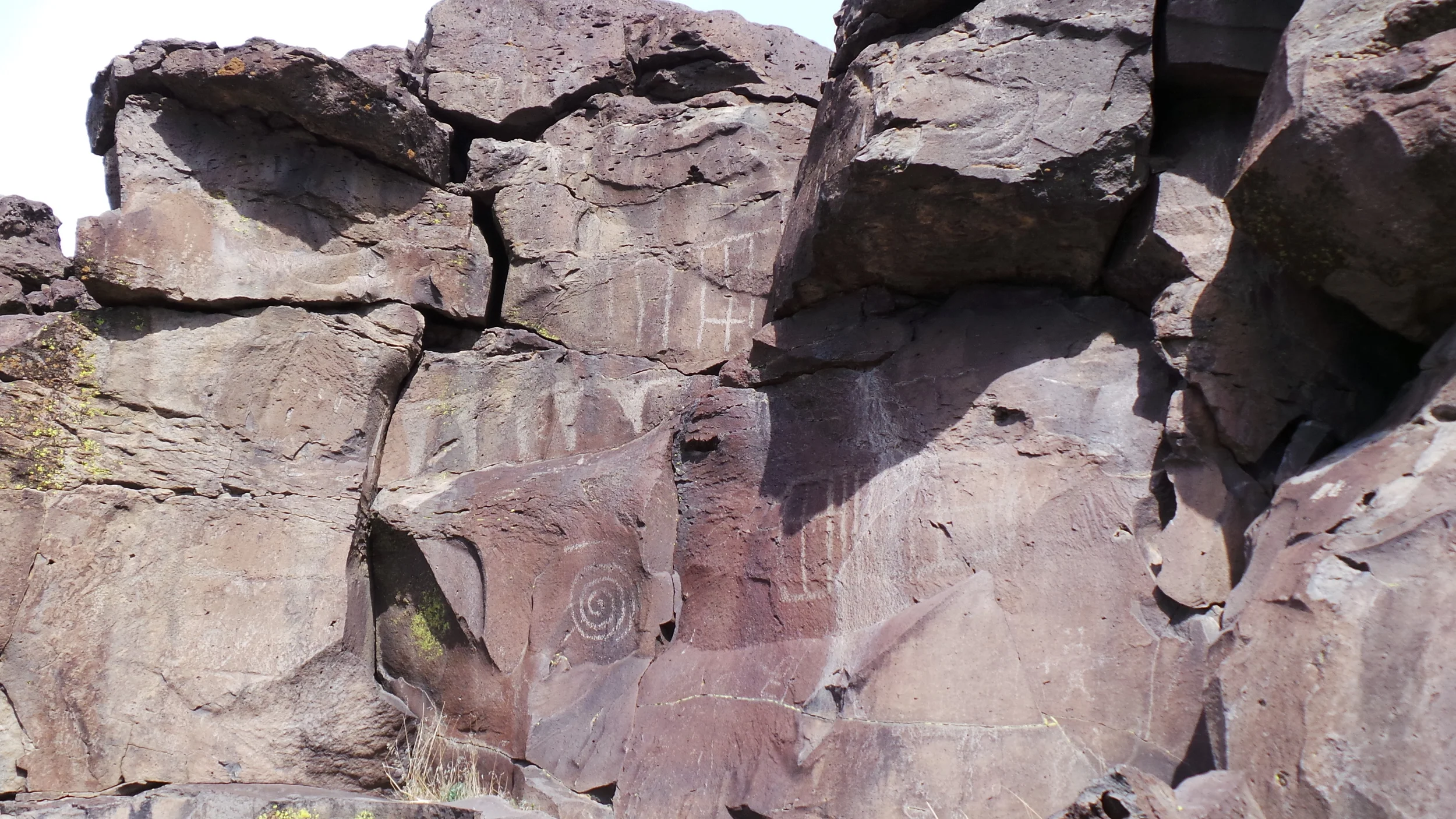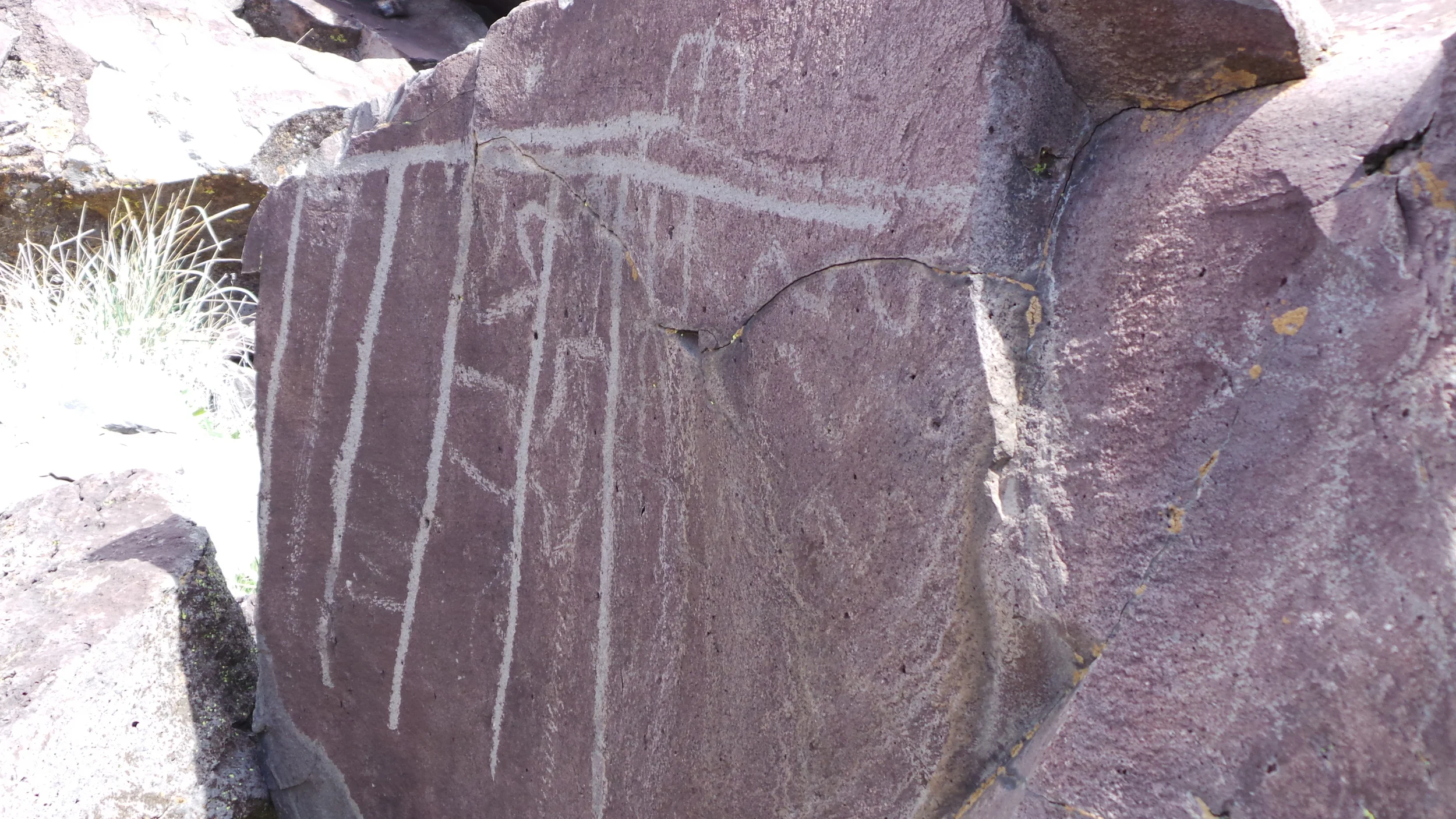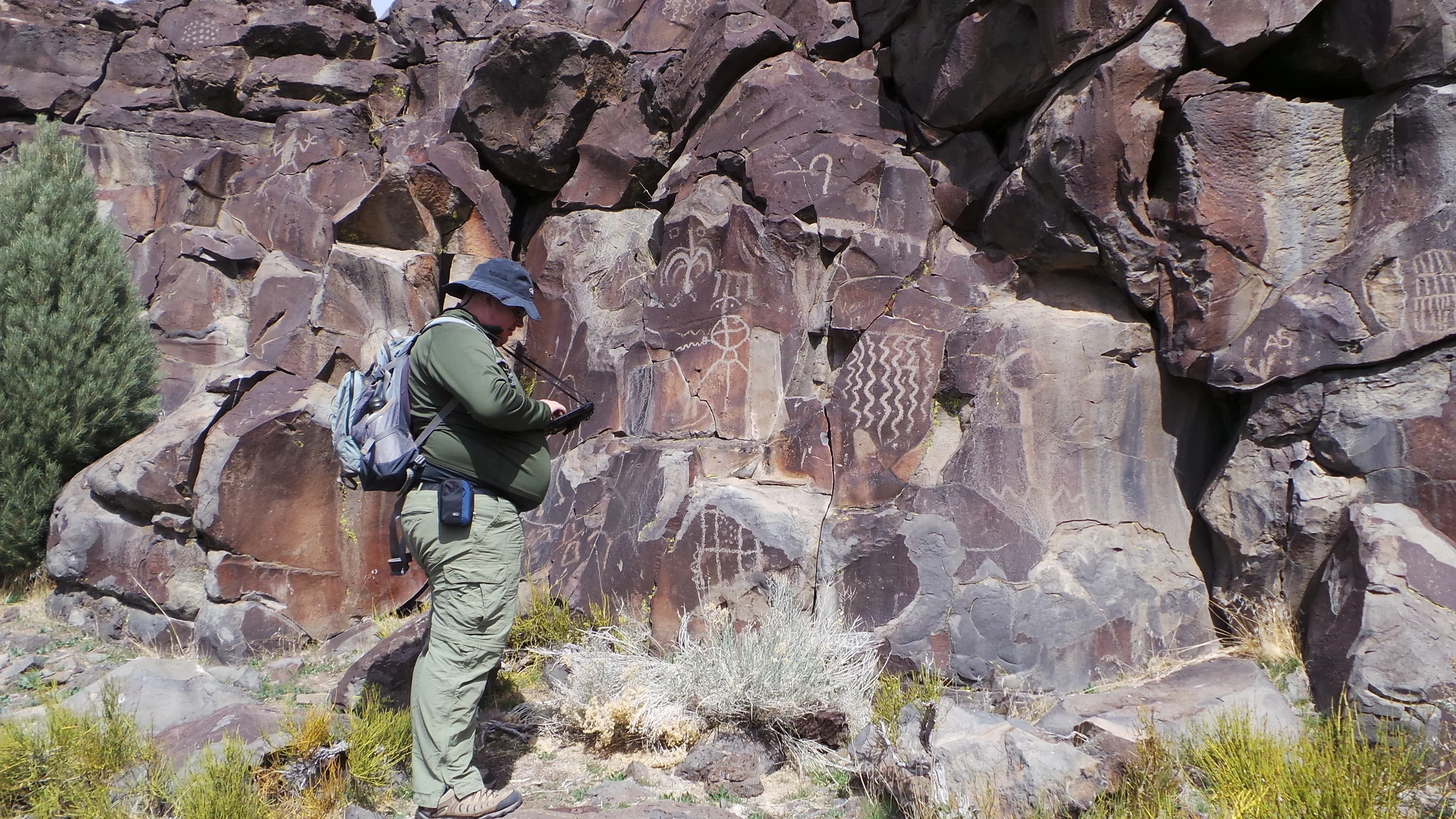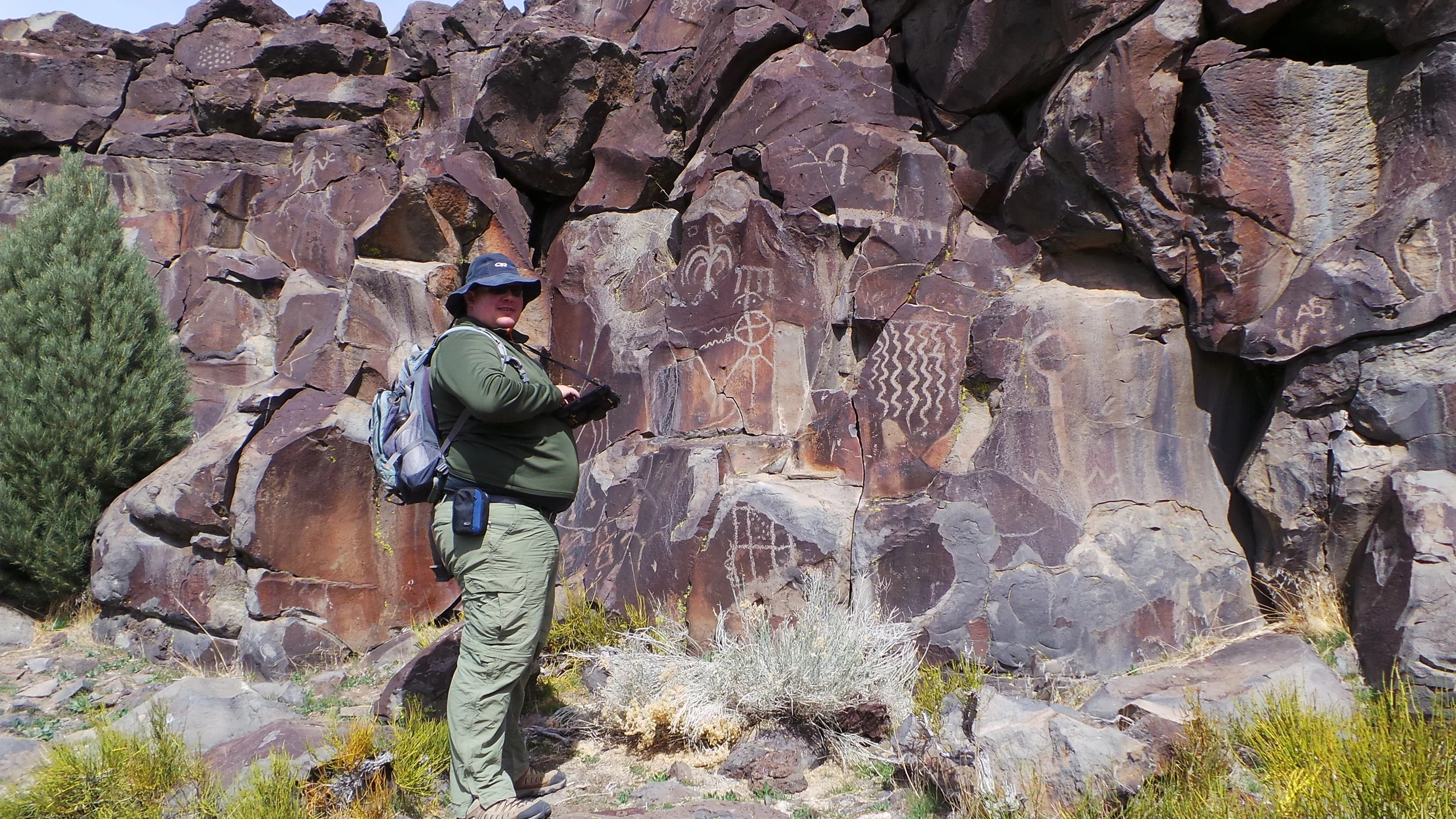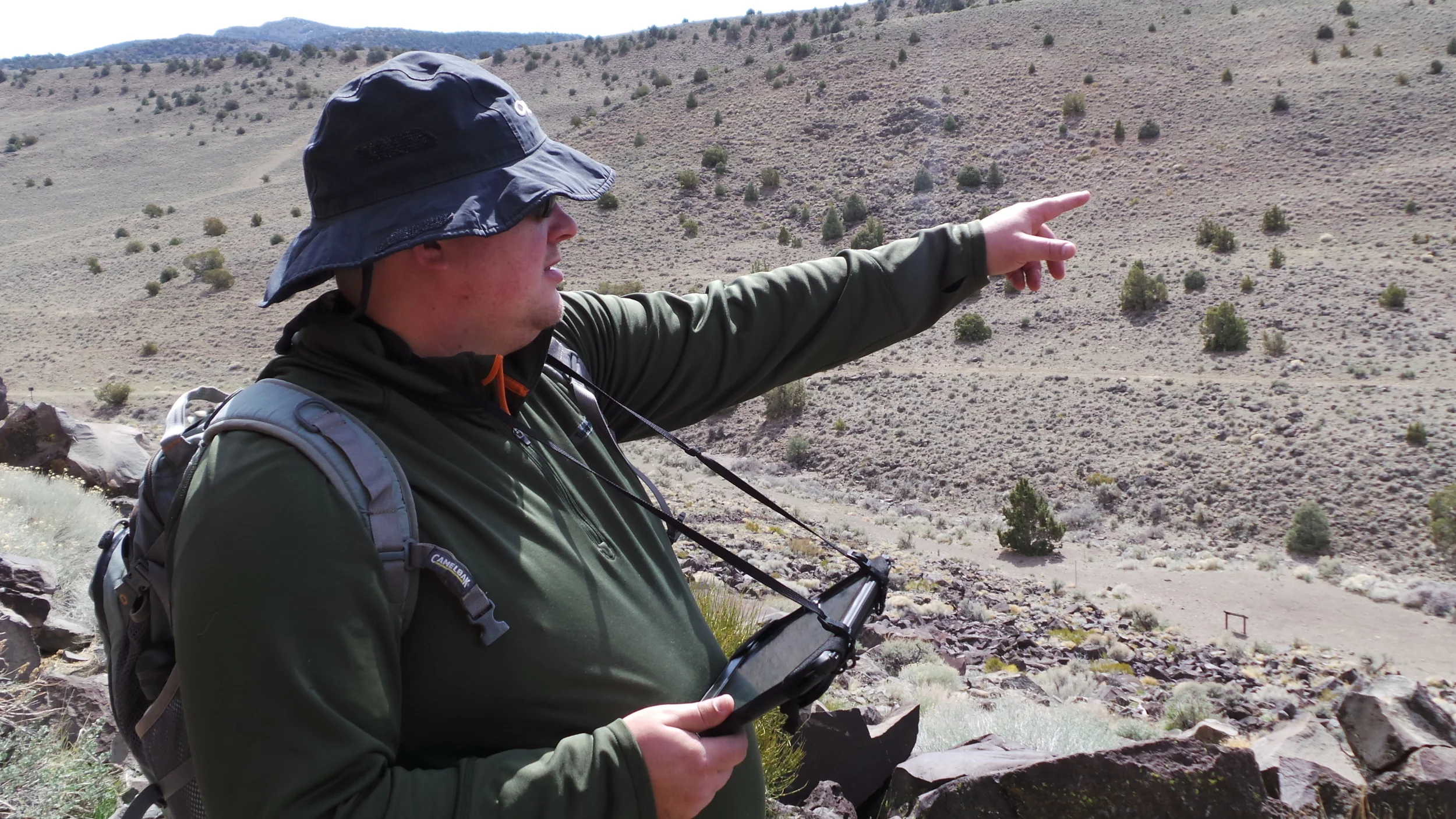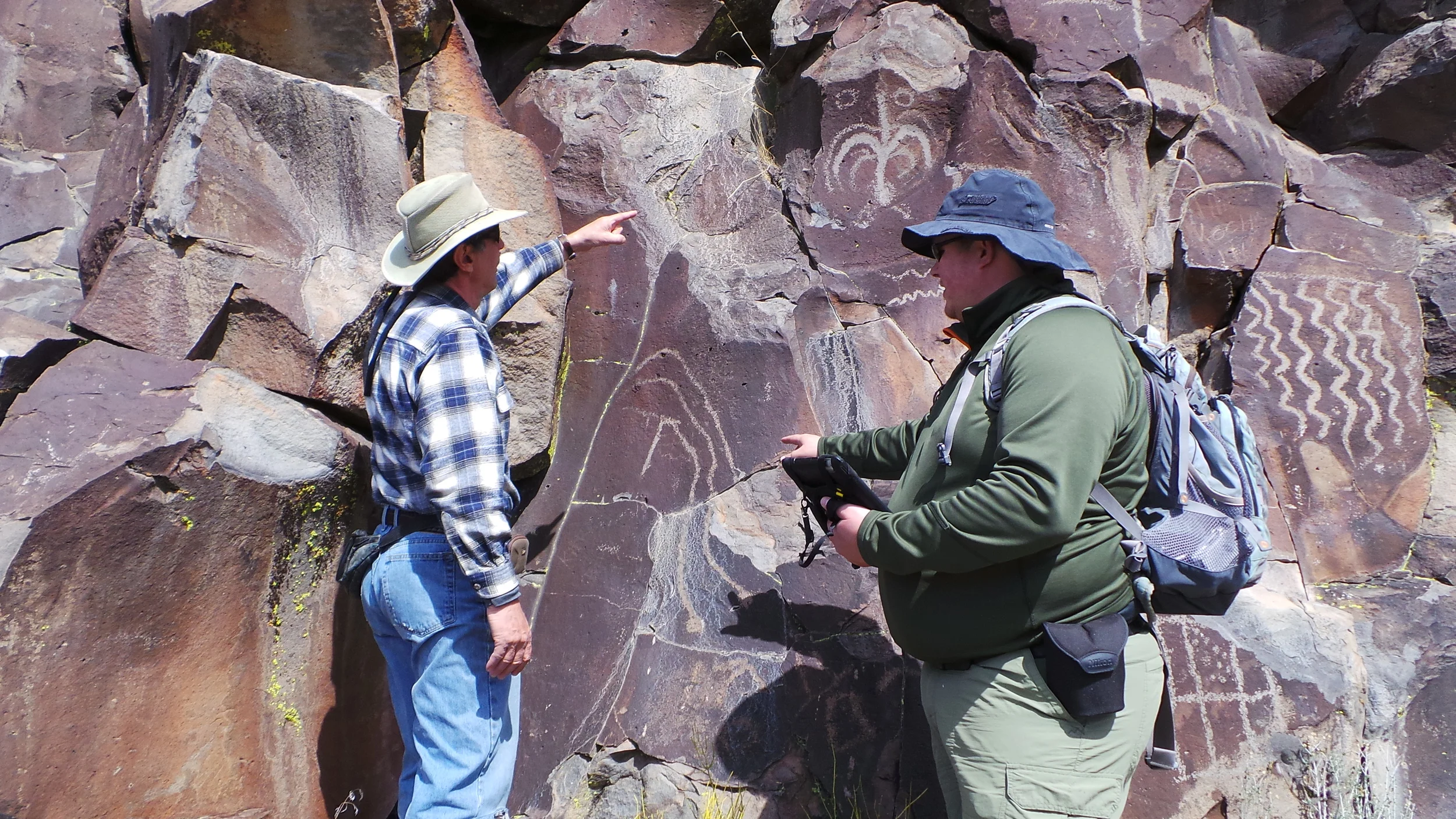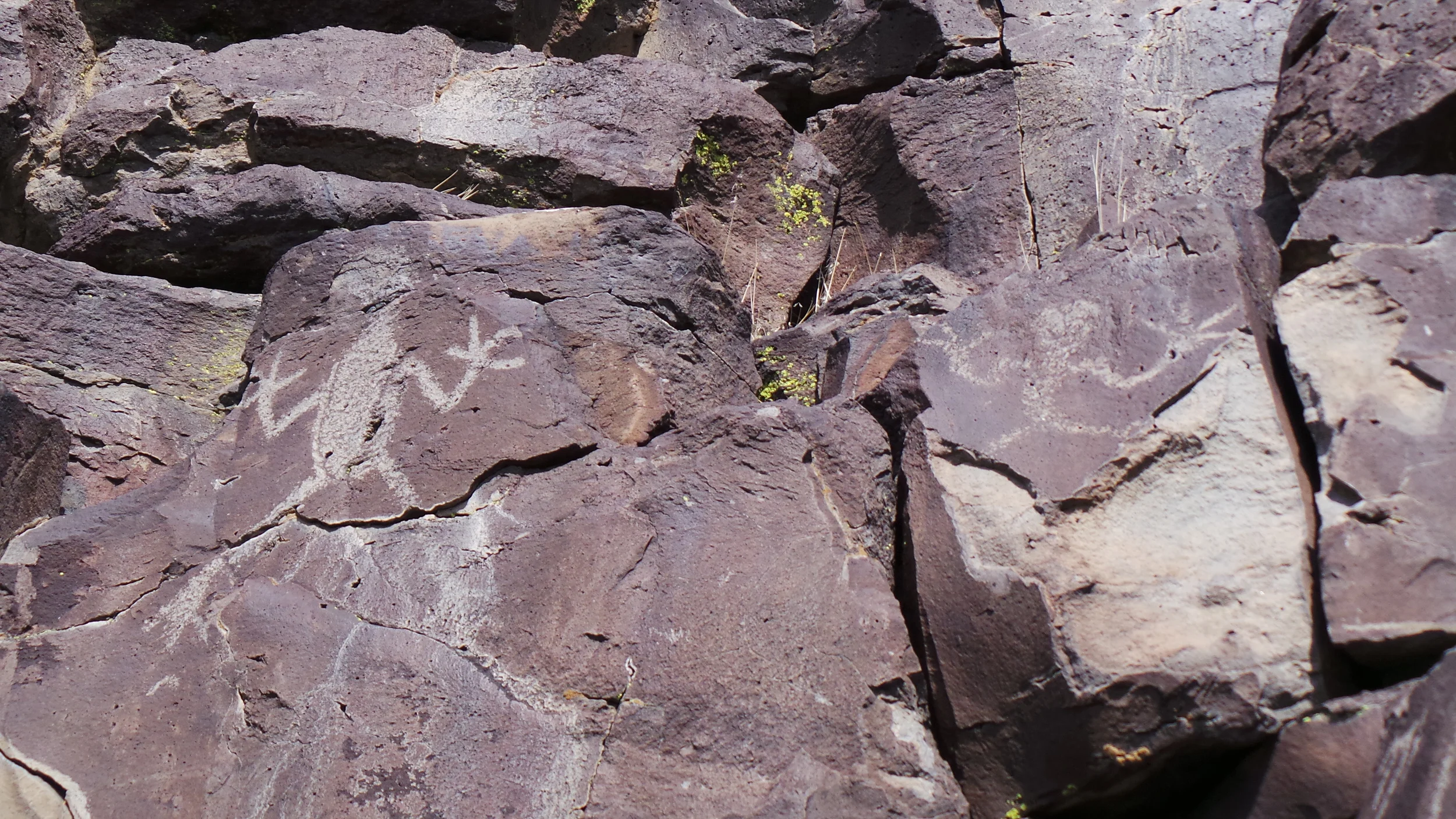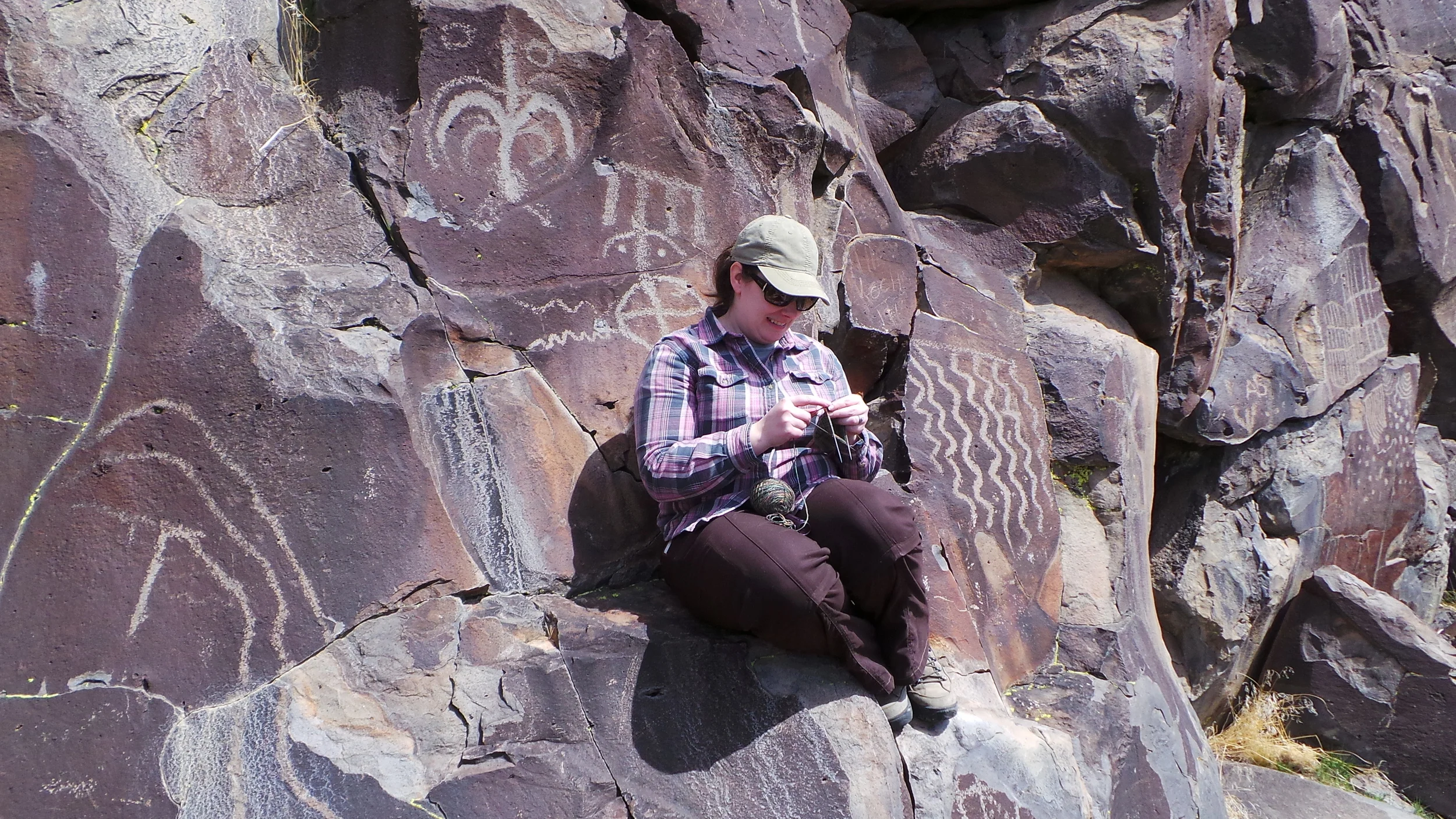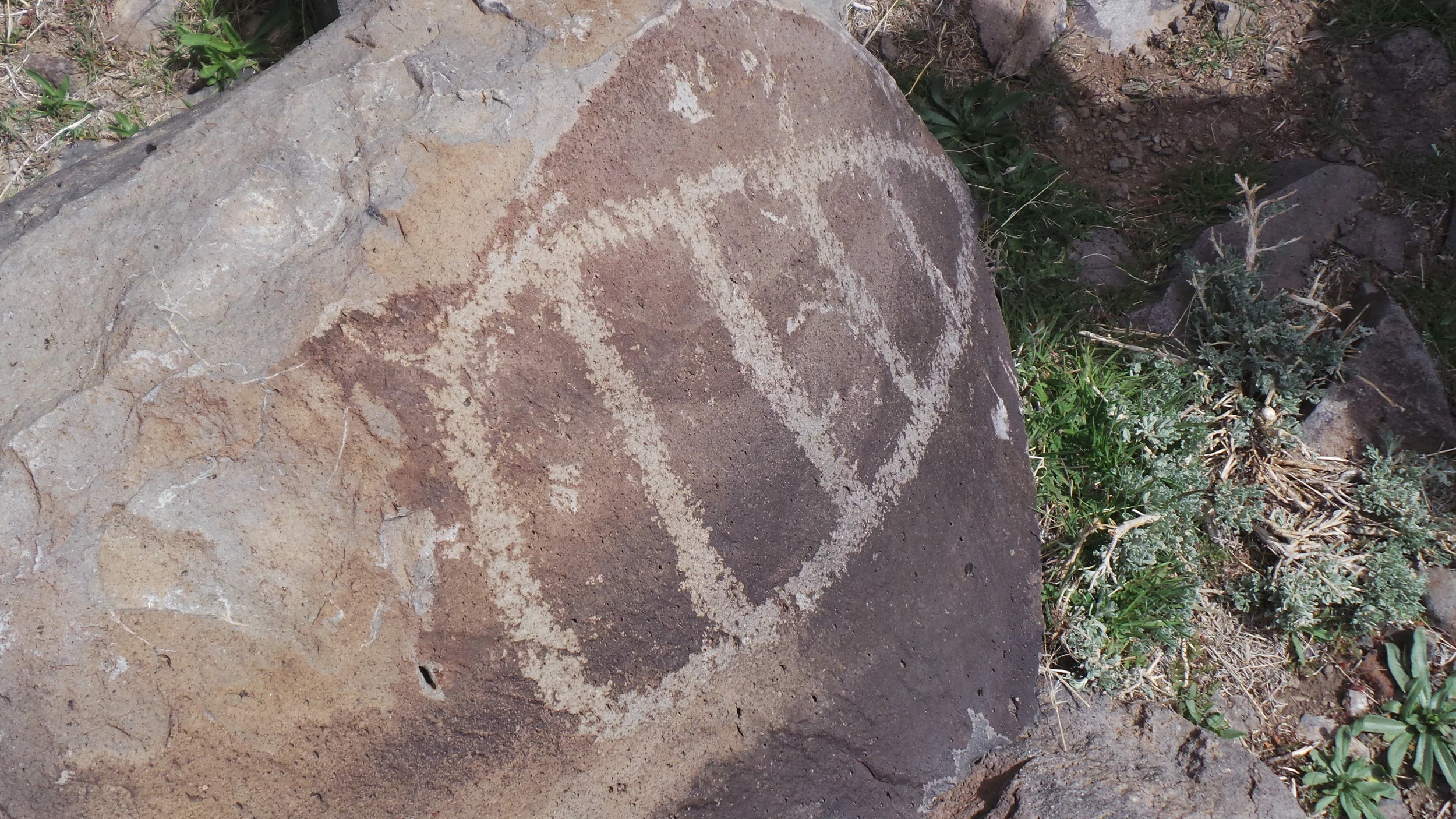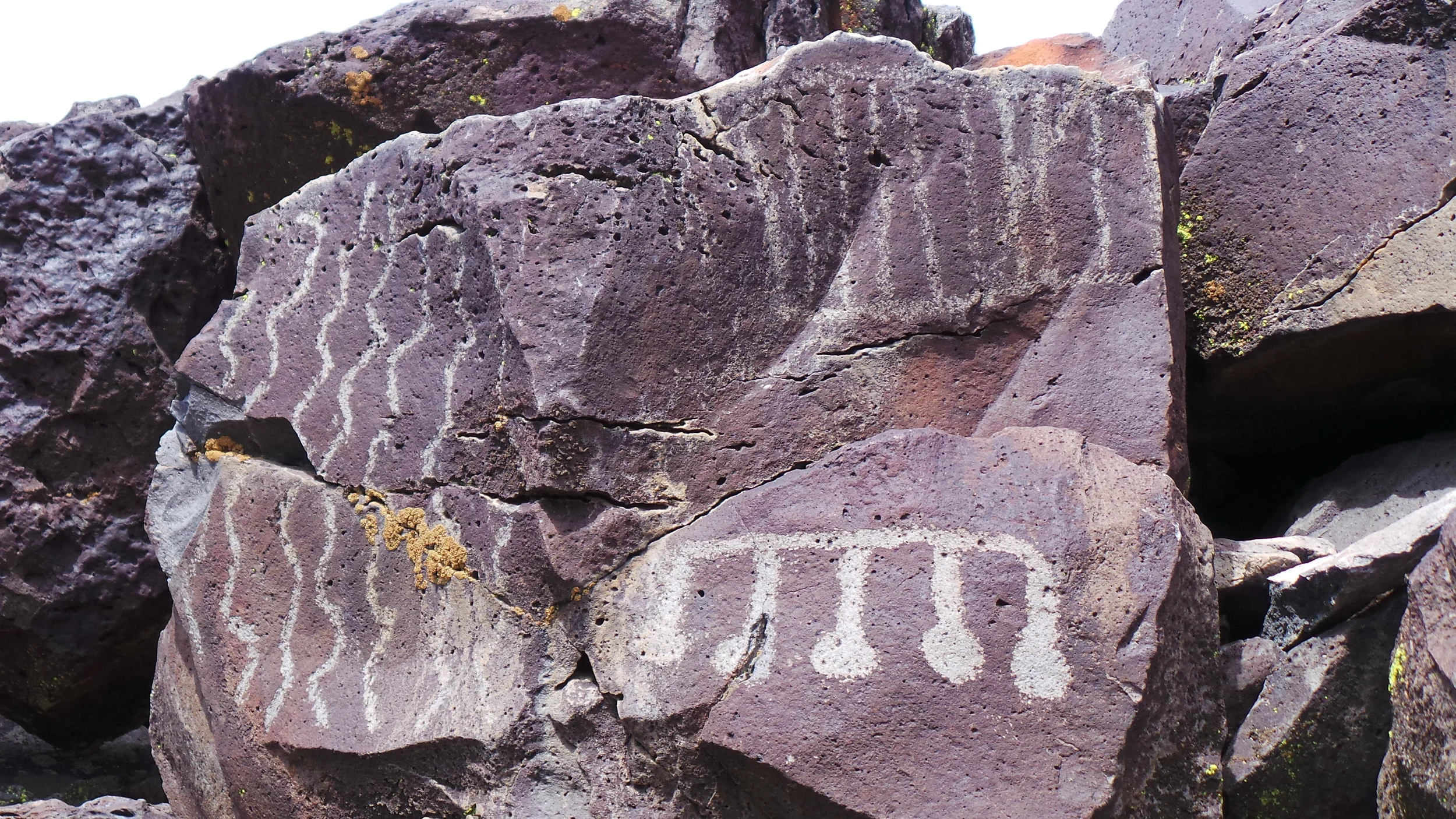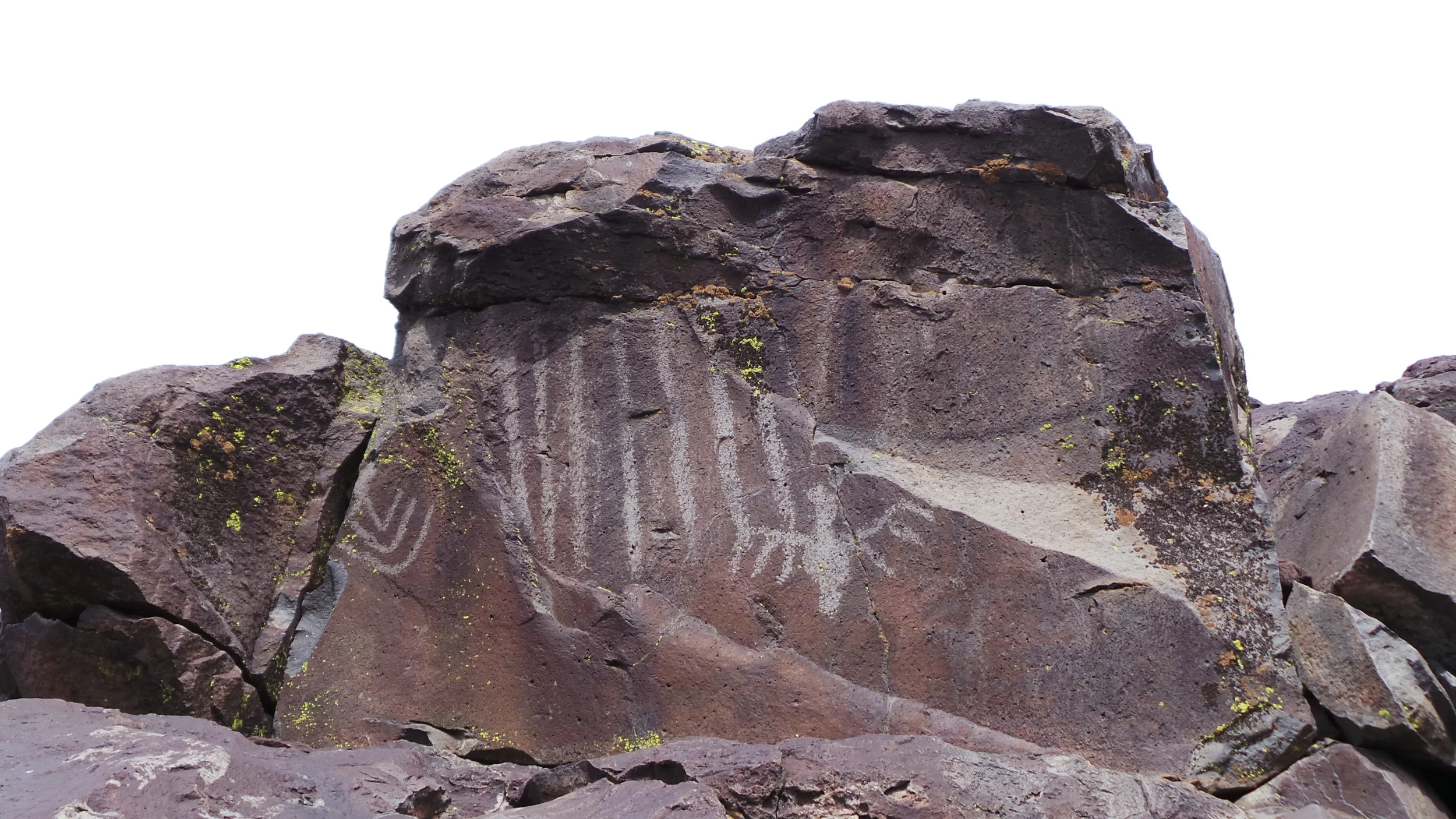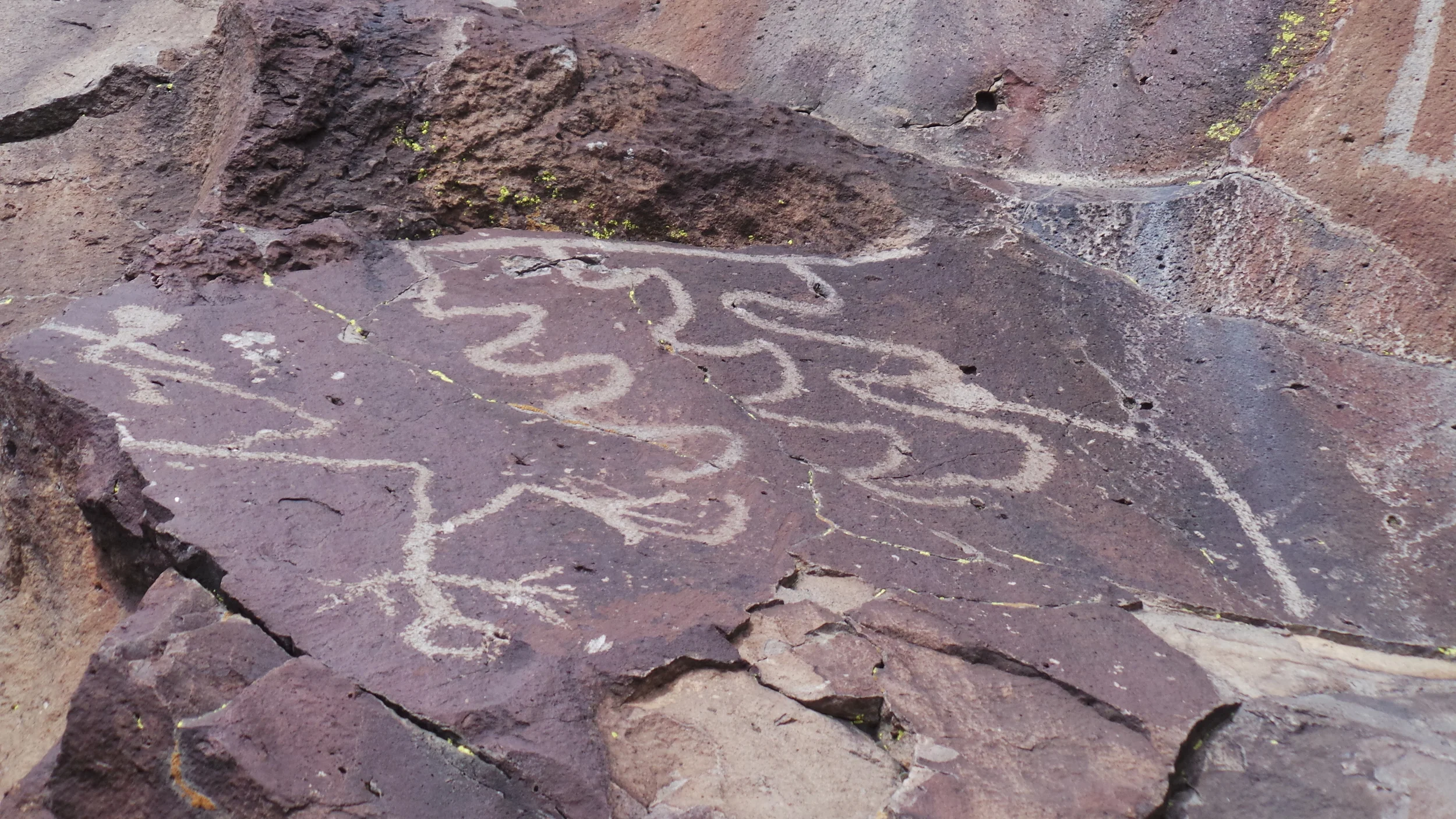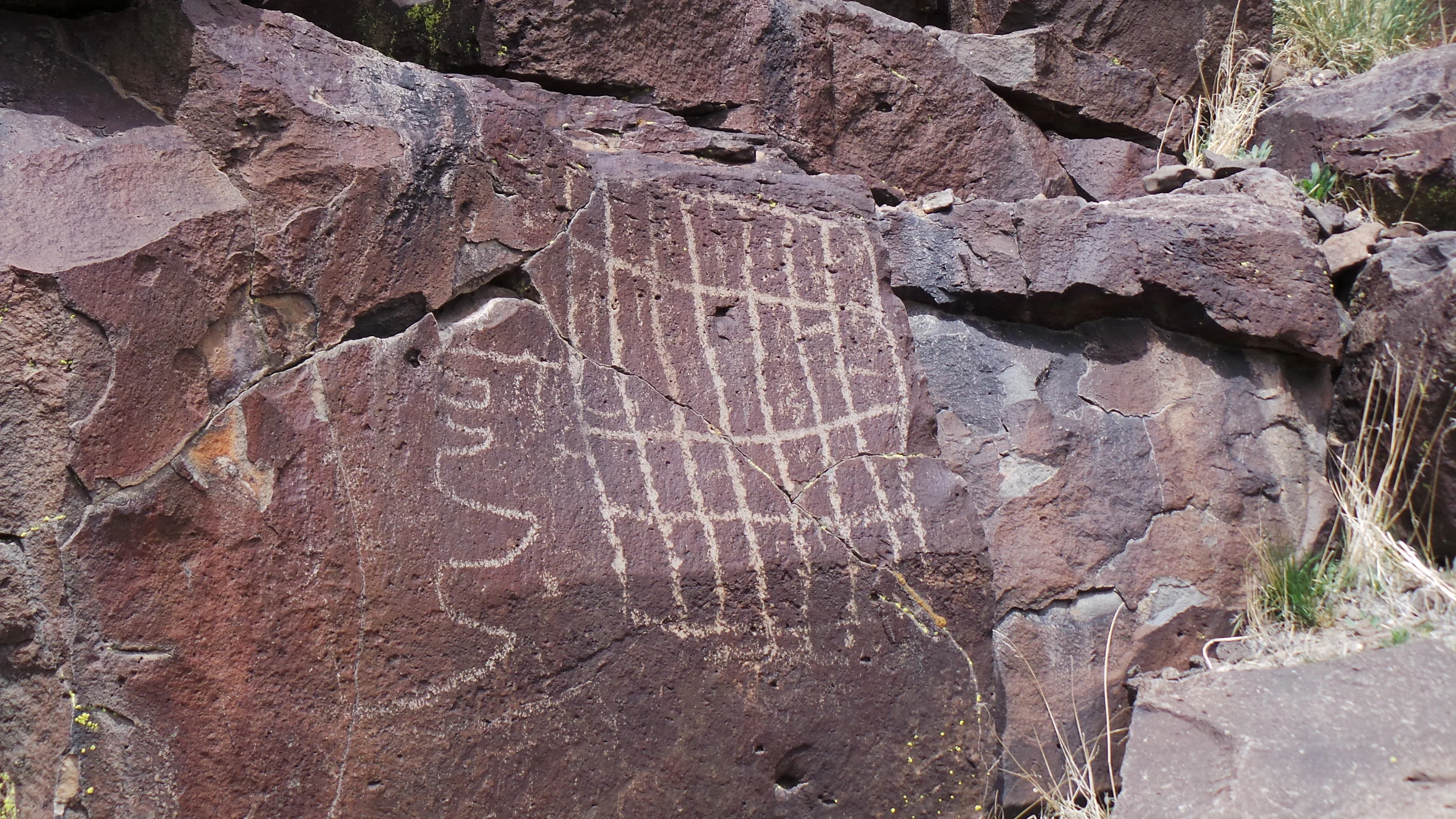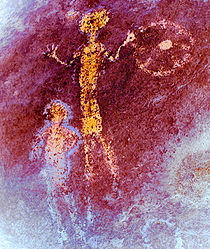The Magic Cook fire-less cooking system.
I’m filing this little suite of devices in the “just plain cool” category. I’ll get right to it. The basic system includes a plastic cup or dish, an inner stainless steal container, an airtight plastic locking lid, and a water-activated heat pack. Simply place food, liquid, or even a frozen meal in the stainless steal container; put a heat pack in the plastic container; cover the heat pack with water; place the steal container in the plastic container and attach the lid.
It should take about ten minutes to cook soup, tea, and coffee. Instant noodles take 15 minutes. In 20 minutes you can have pasta and vegetables. Rice also takes about 20 minutes. Frozen food takes about 25 minutes.
The website for the product is not clear as to how much of an impact using very cold water versus warm water has on the heating cycle. Is the maximum temperature affected by the ambient or starting temperature of the water, or, does the water just take longer to get to boiling when really cold water is used? Either way, it’s pretty cool technology.
Uses
There is no doubt that something like this would be good in an emergency survival situation. Just the ability to boil water for purification purposes would come in handy. You could even build a small shelter in the winter and heat it up with steam from the boiling water. Sure, it wouldn’t last long, but, it might last long enough for you to get rescued.
There my be occasional uses for this product in the field on extended work-camping trips as well. The only limitation would be the heat packs you have to use to heat up the water. Just 10 packets costs $24.99 on the company website. It that means 10 dinners for one session then it might be worth it. $2.50 a day to cook your food means the difference between cold sandwiches and hot, tasty, pasta. I think I’m starting to come around.
Thanks for reading and I’ll see you in the field.





